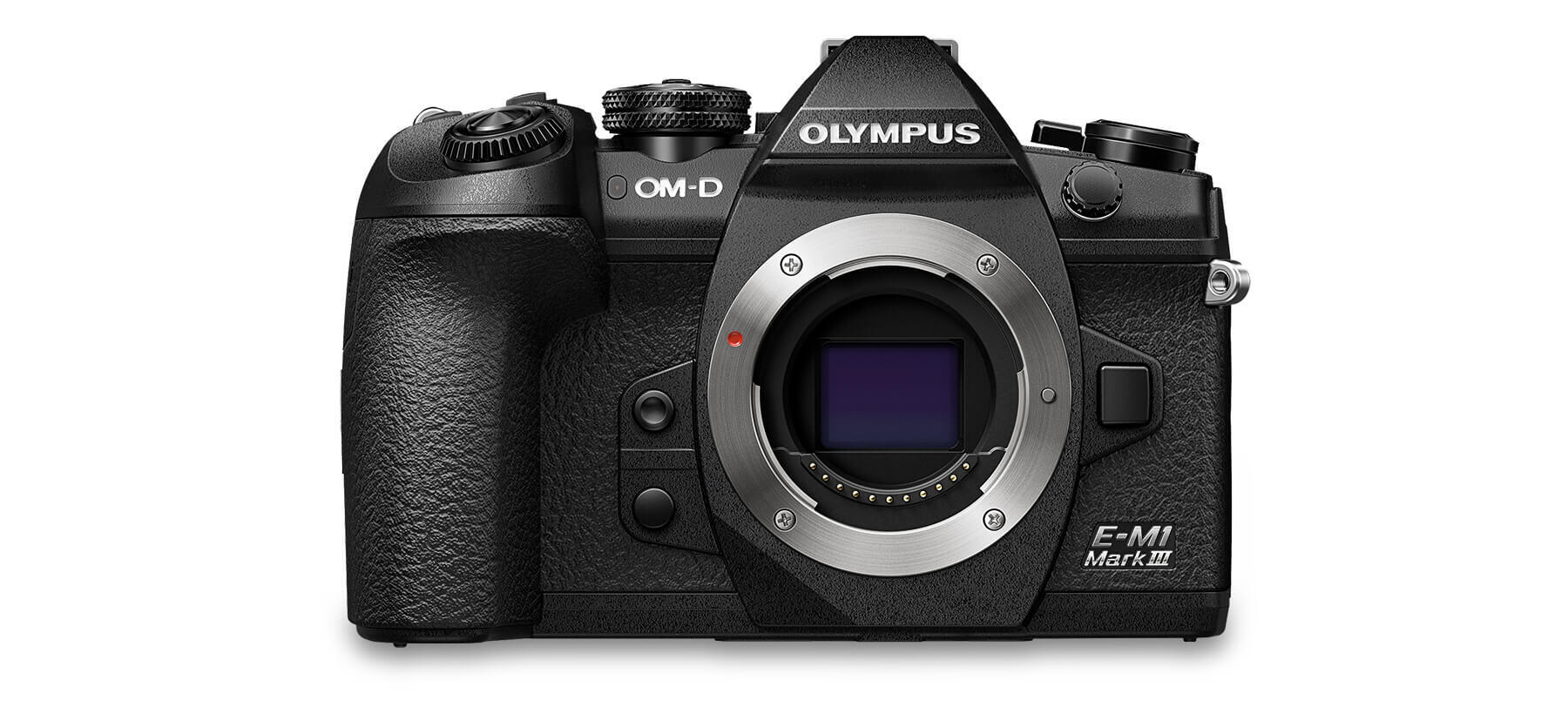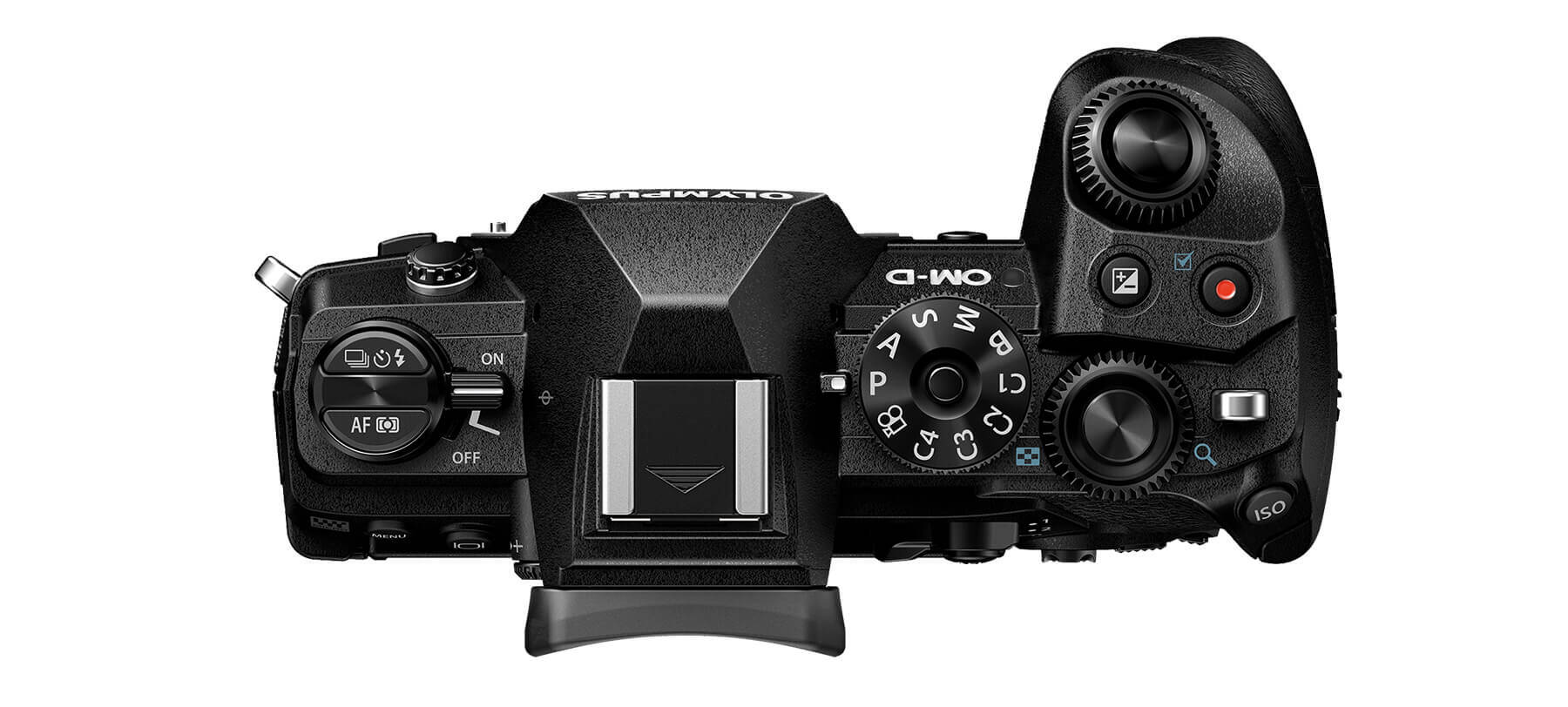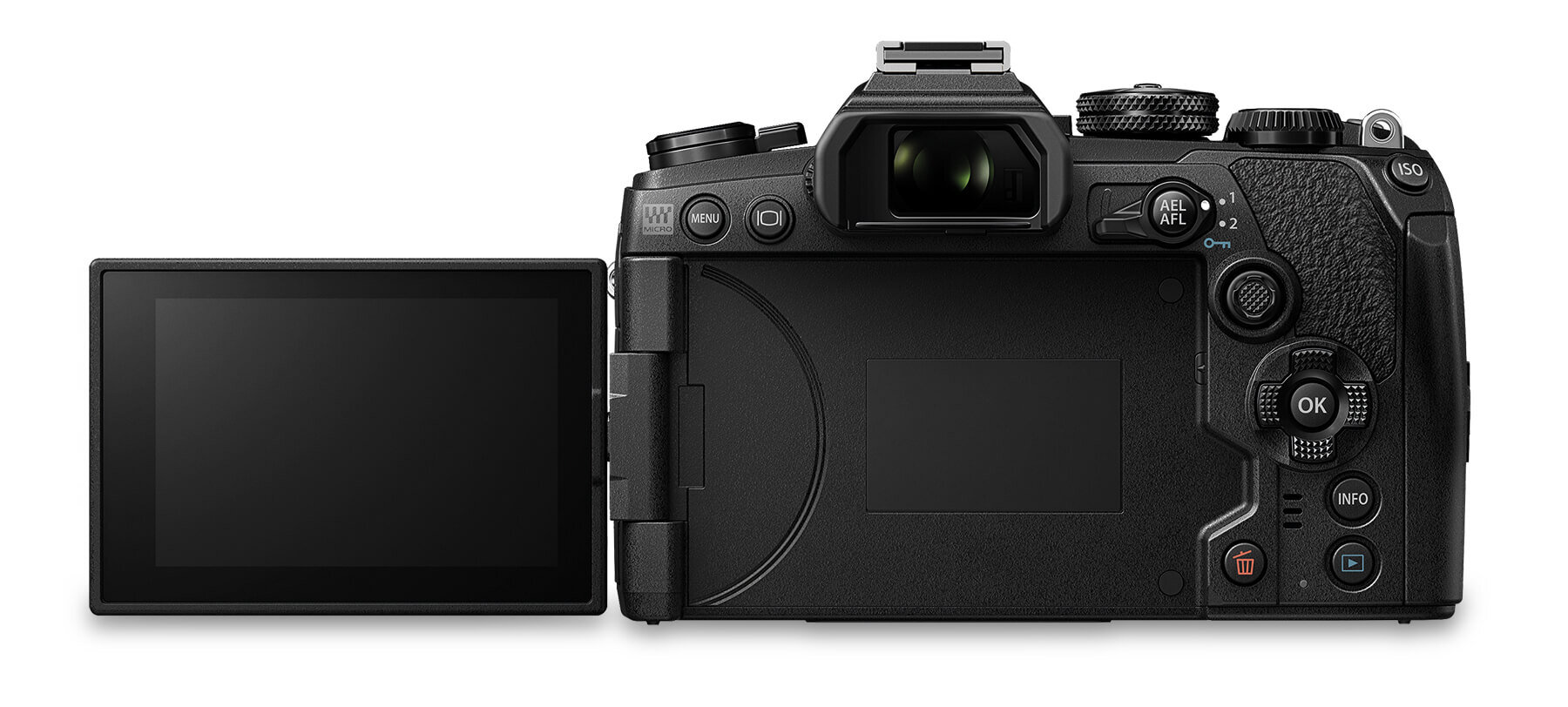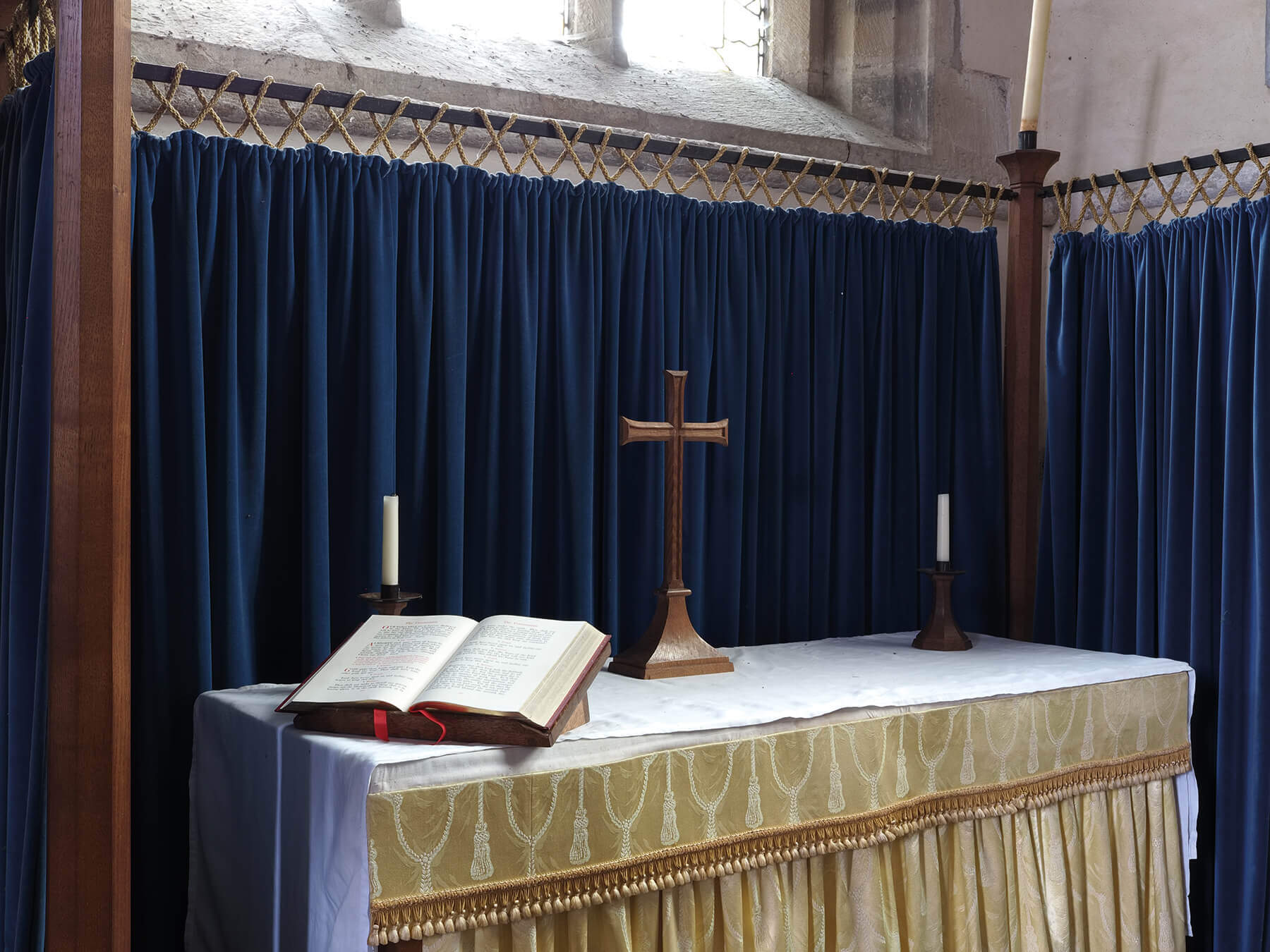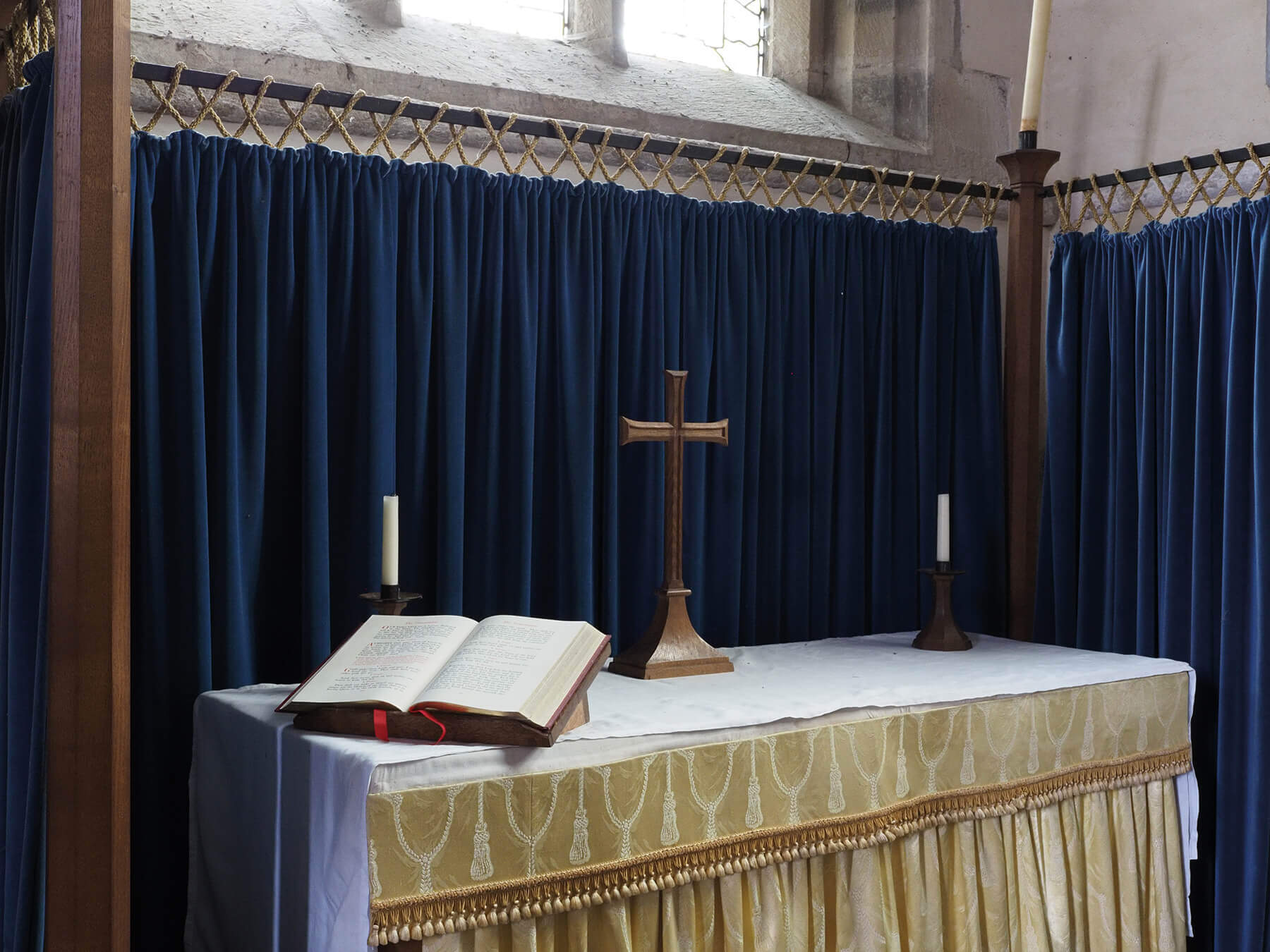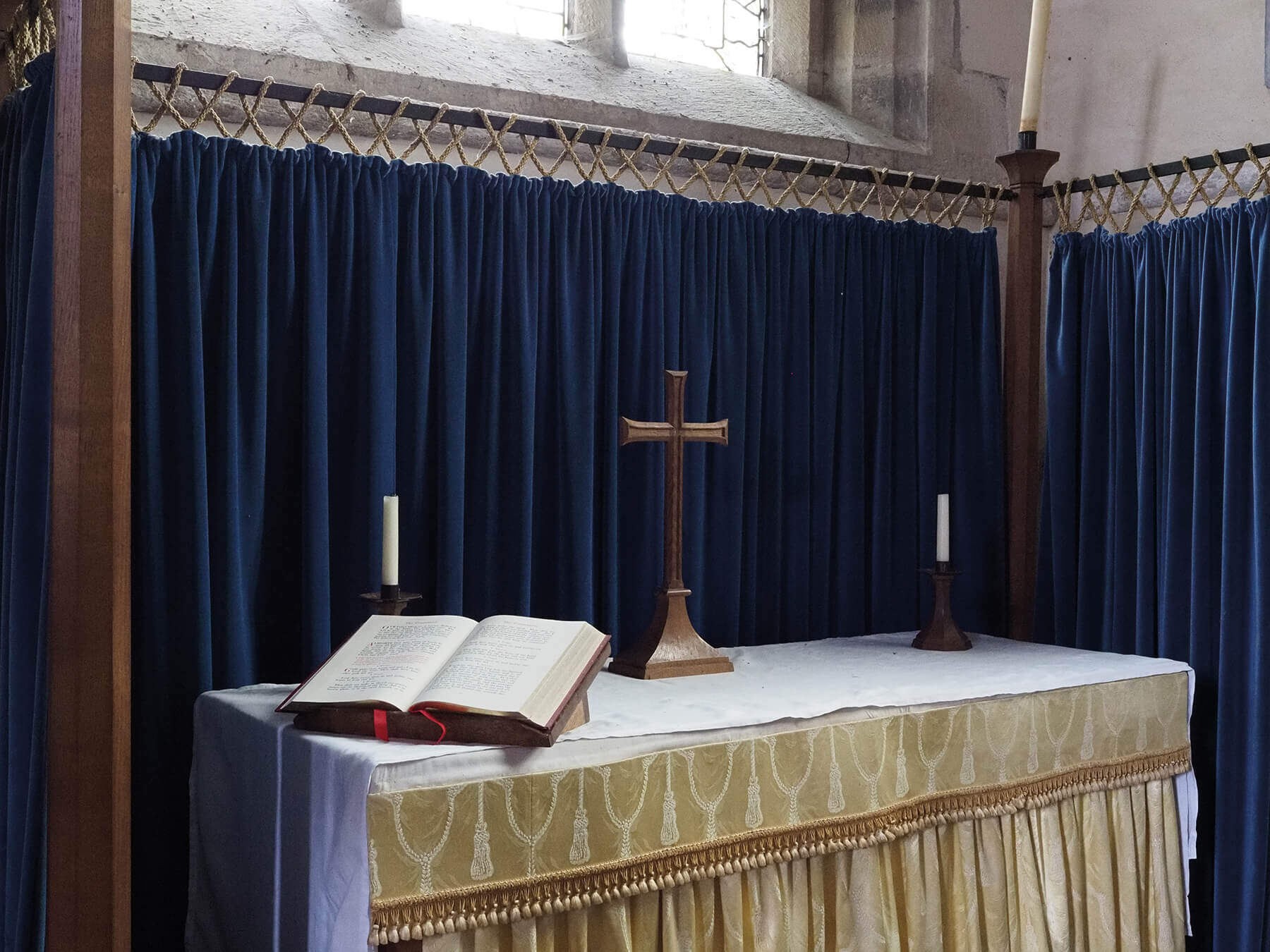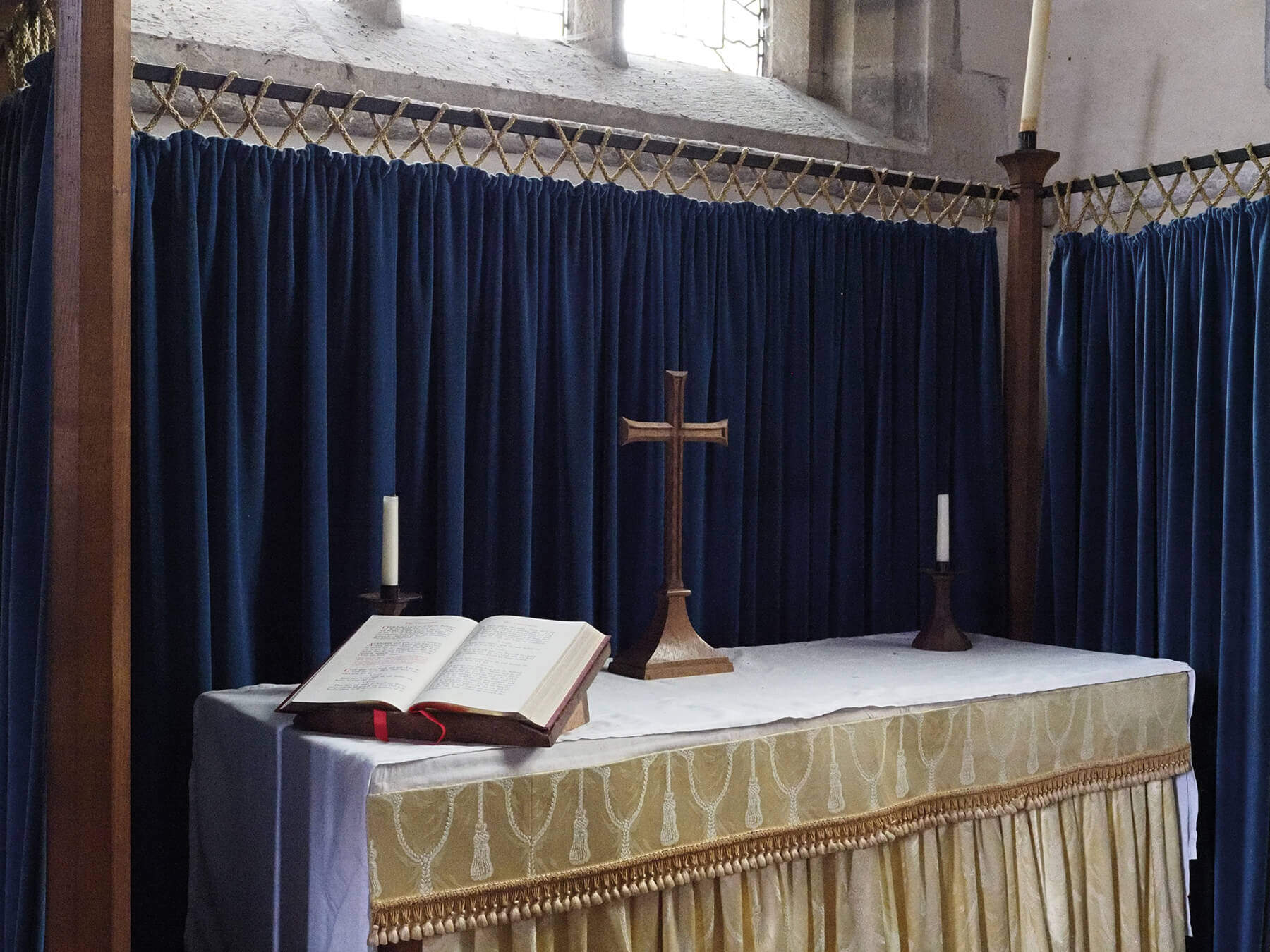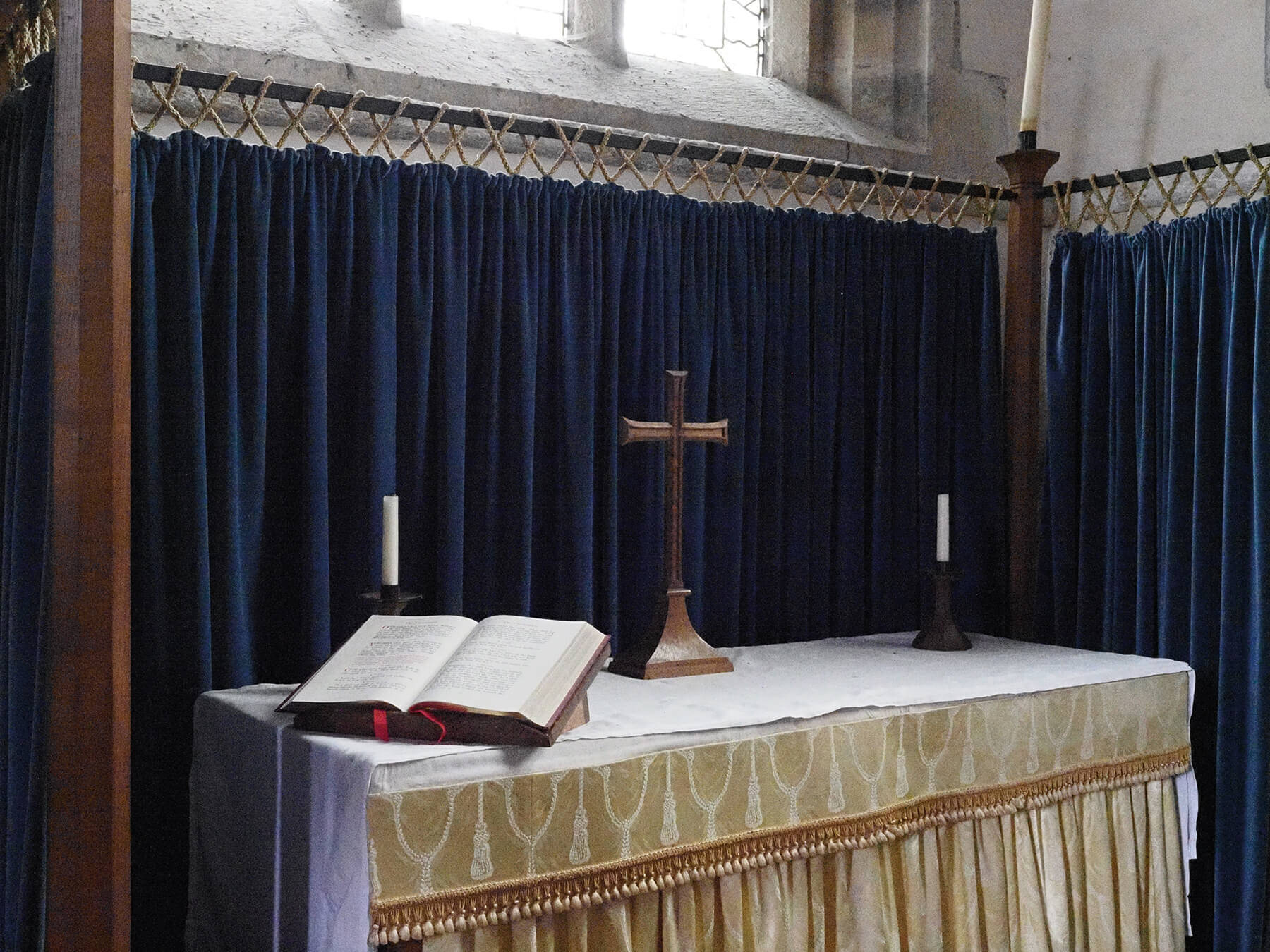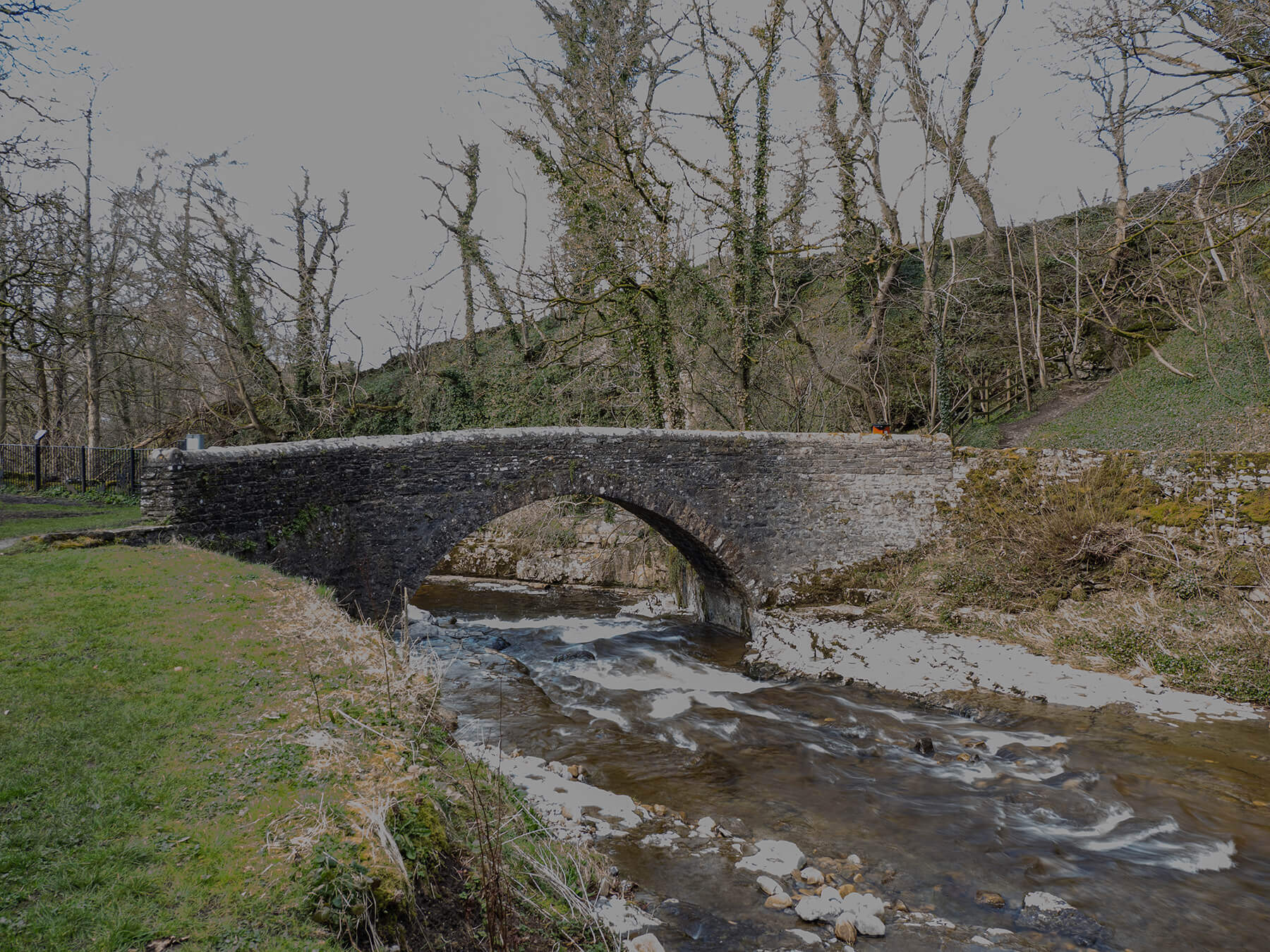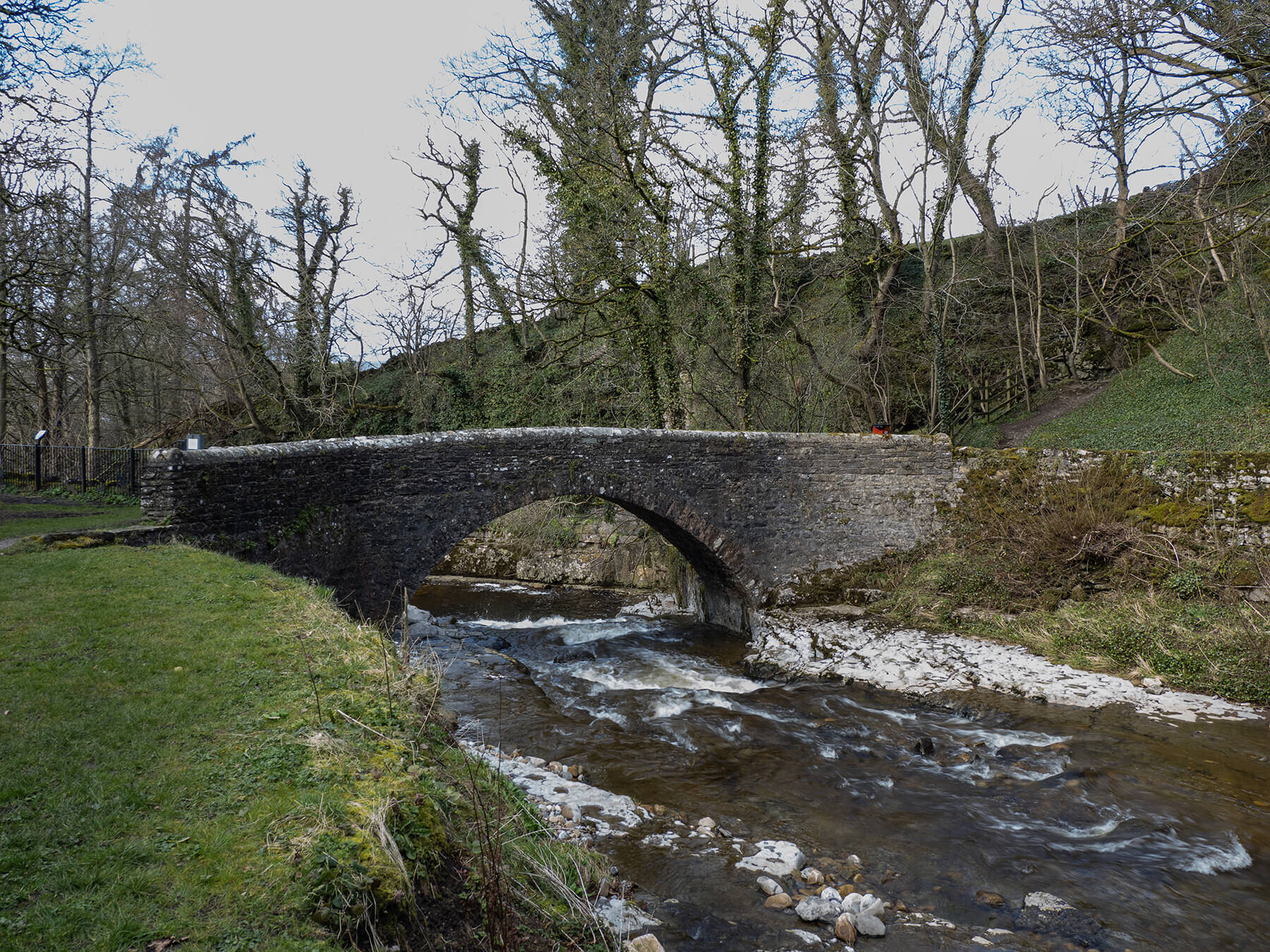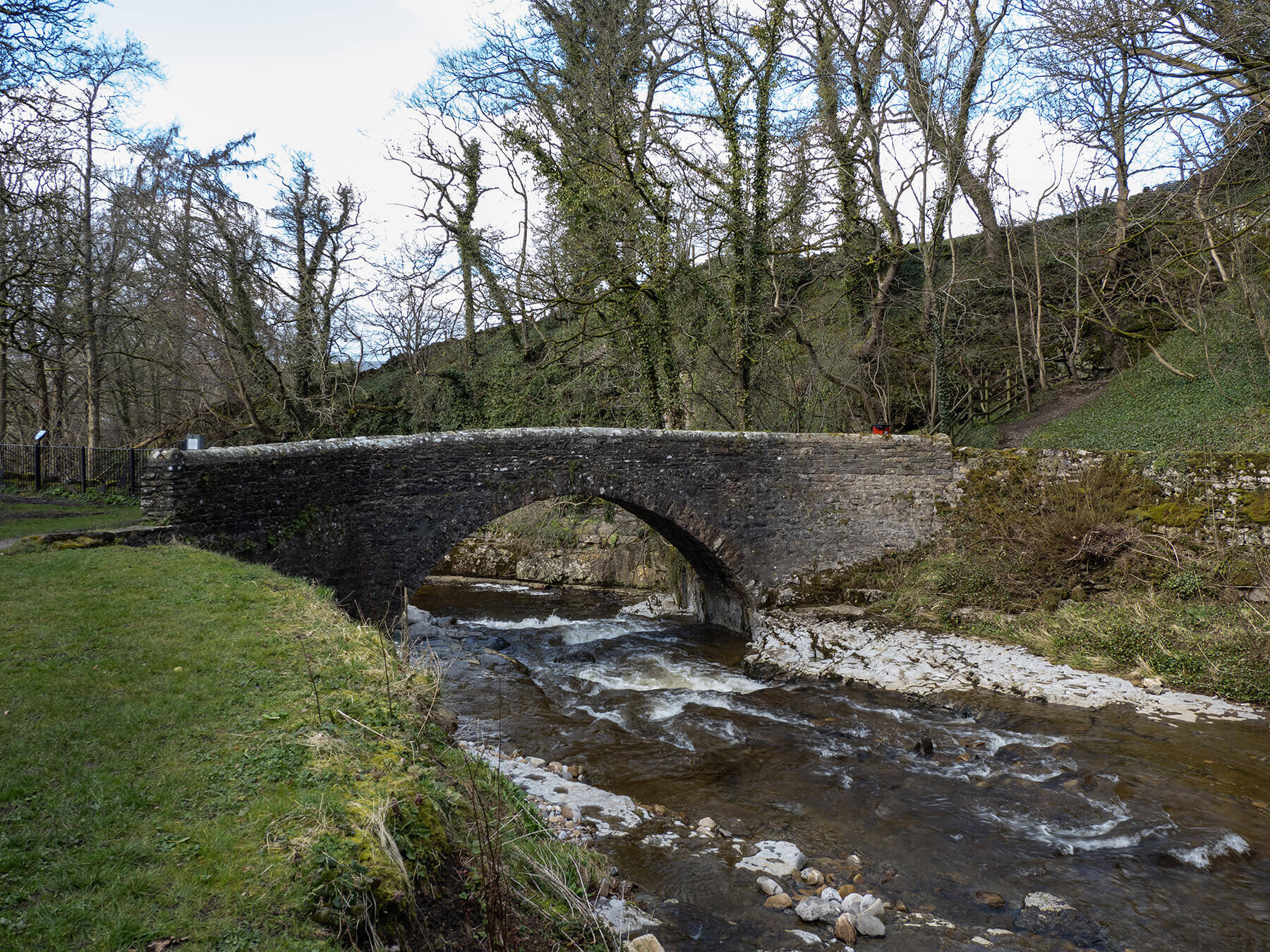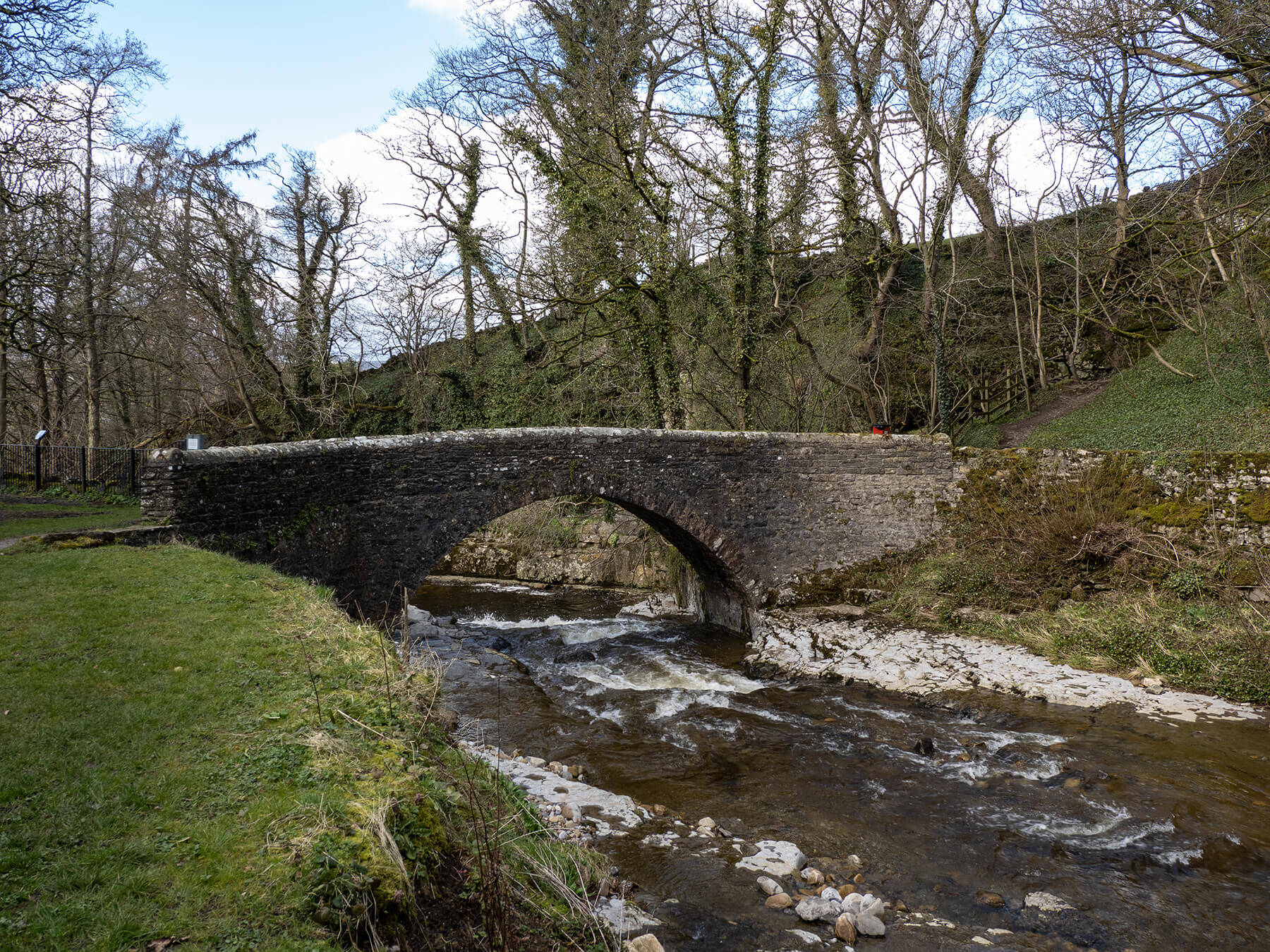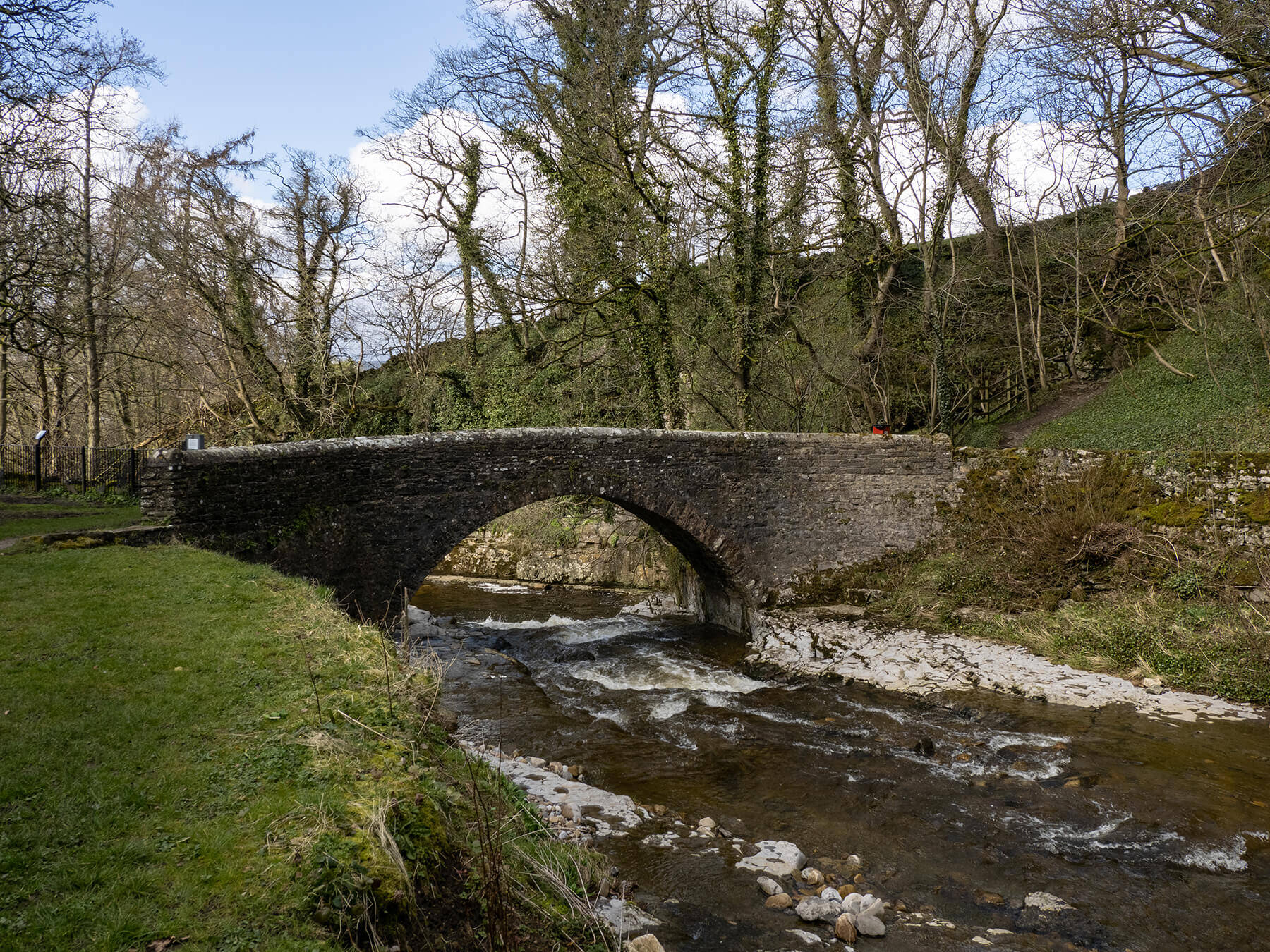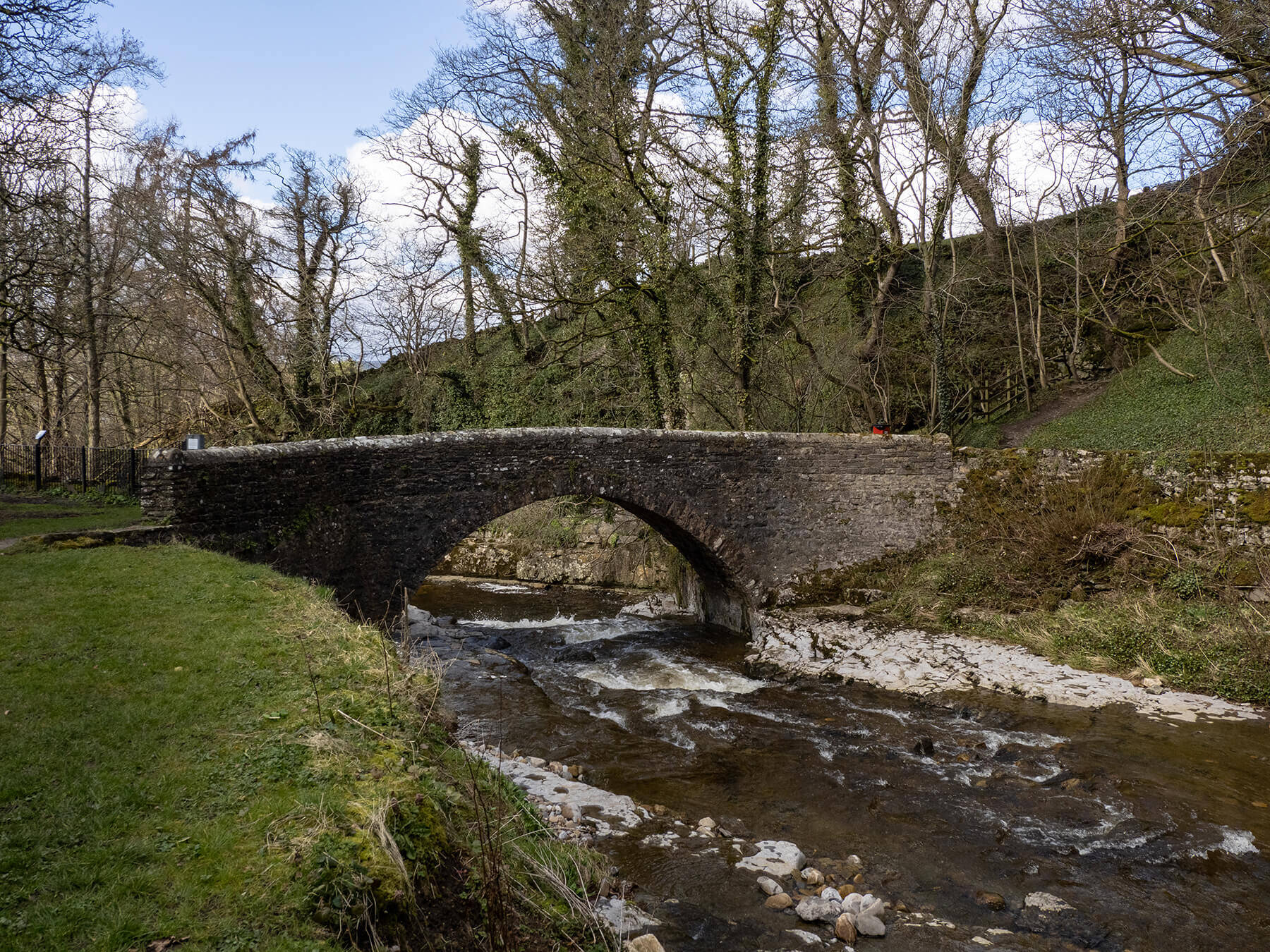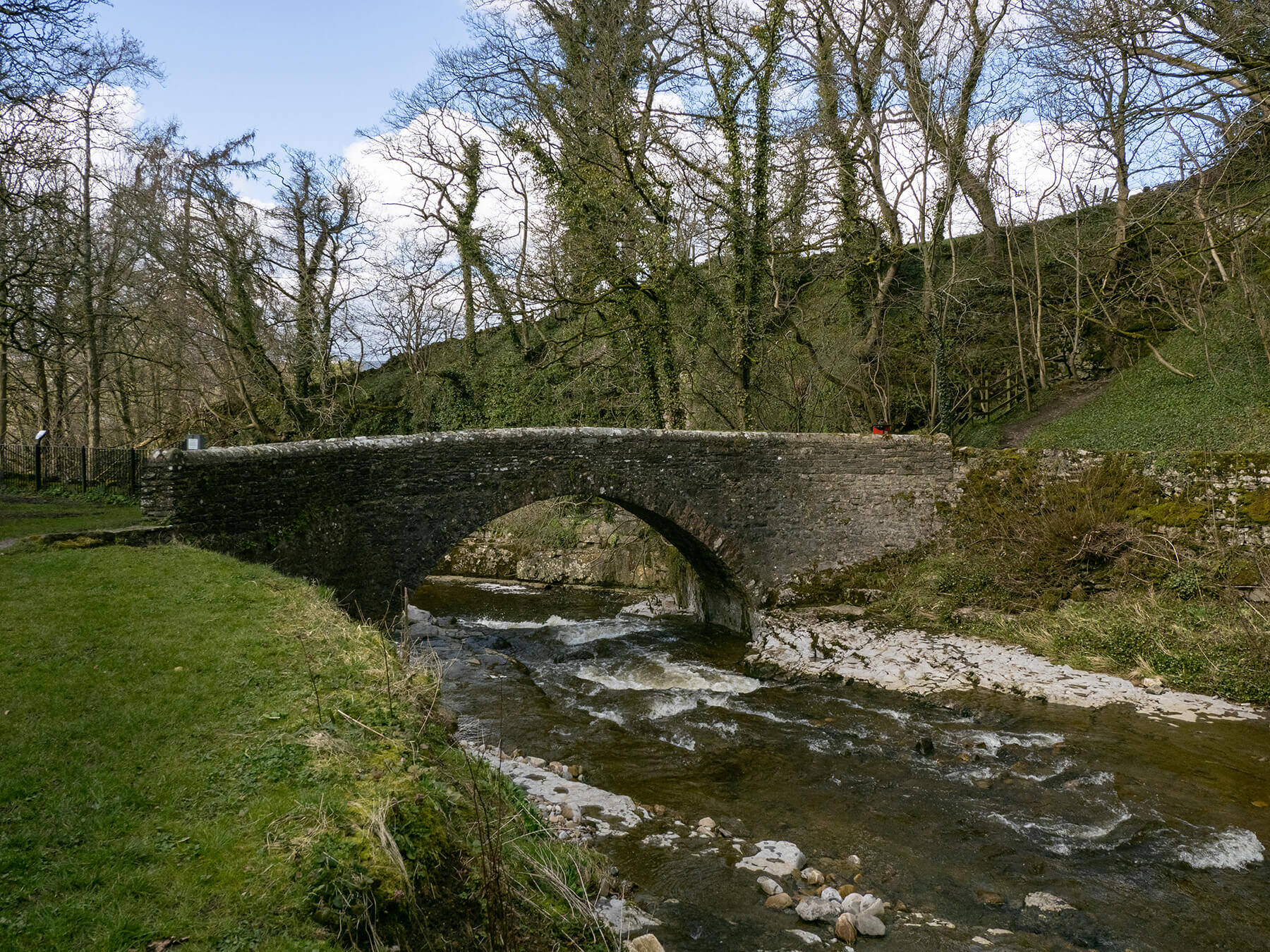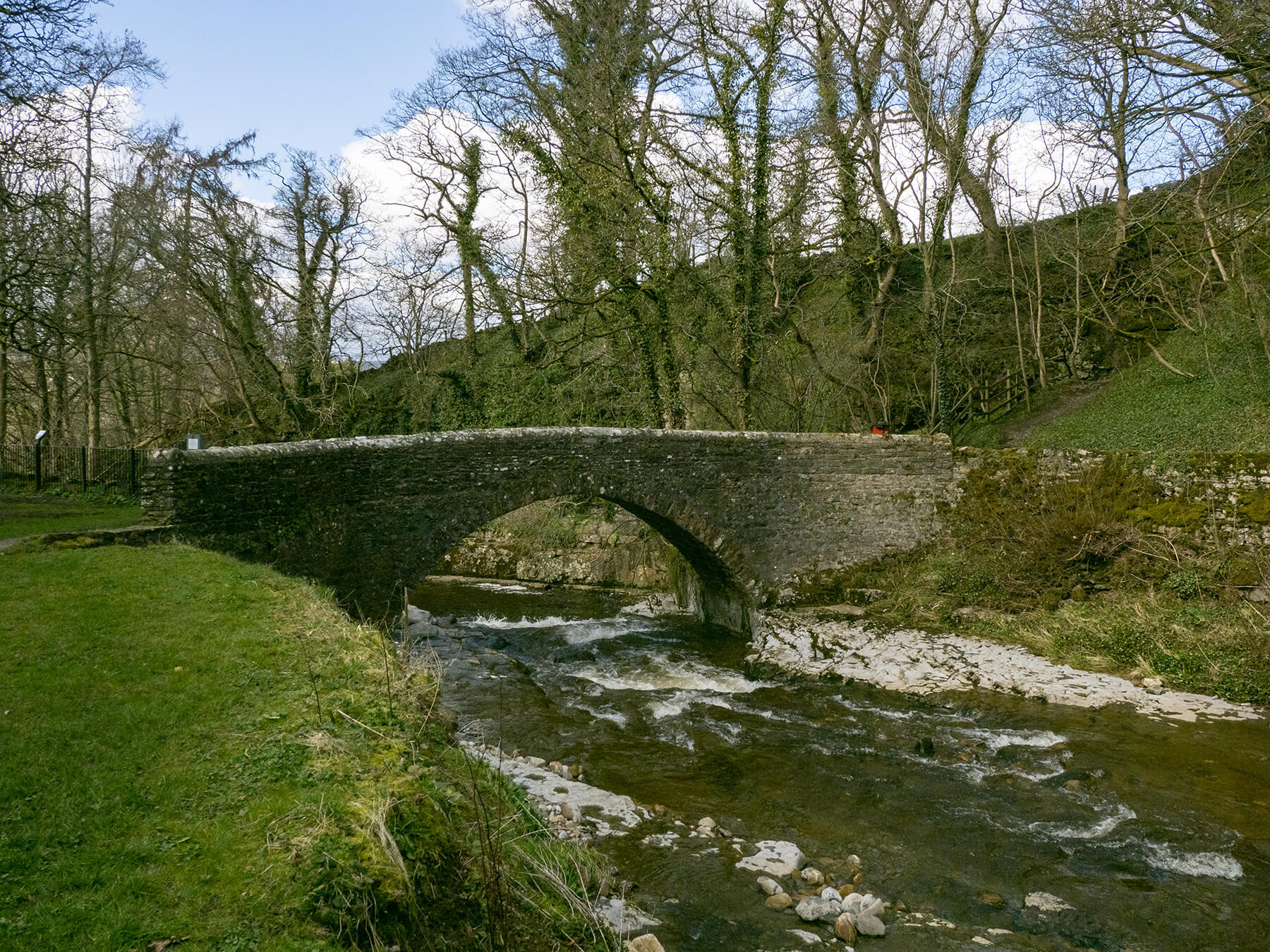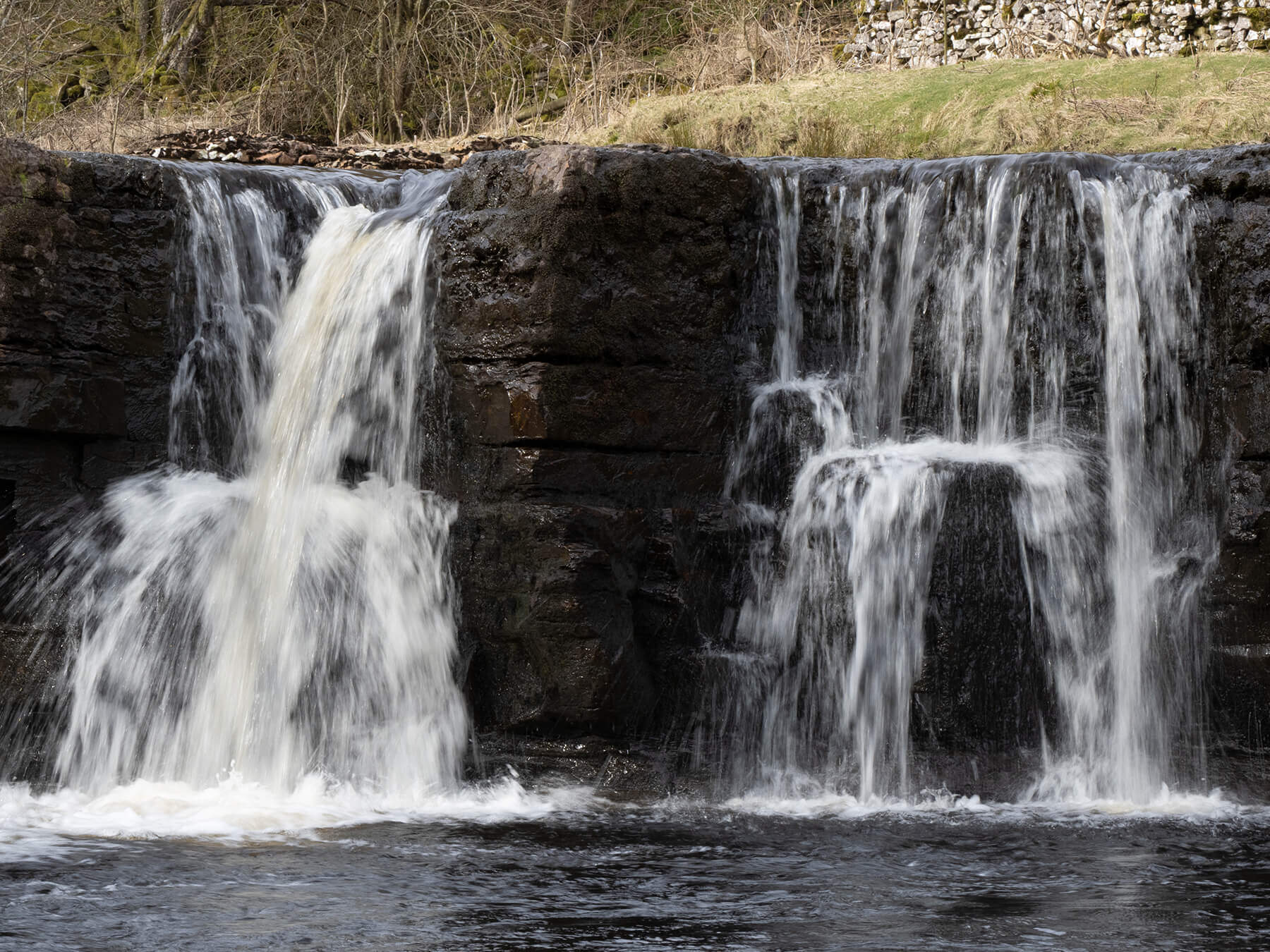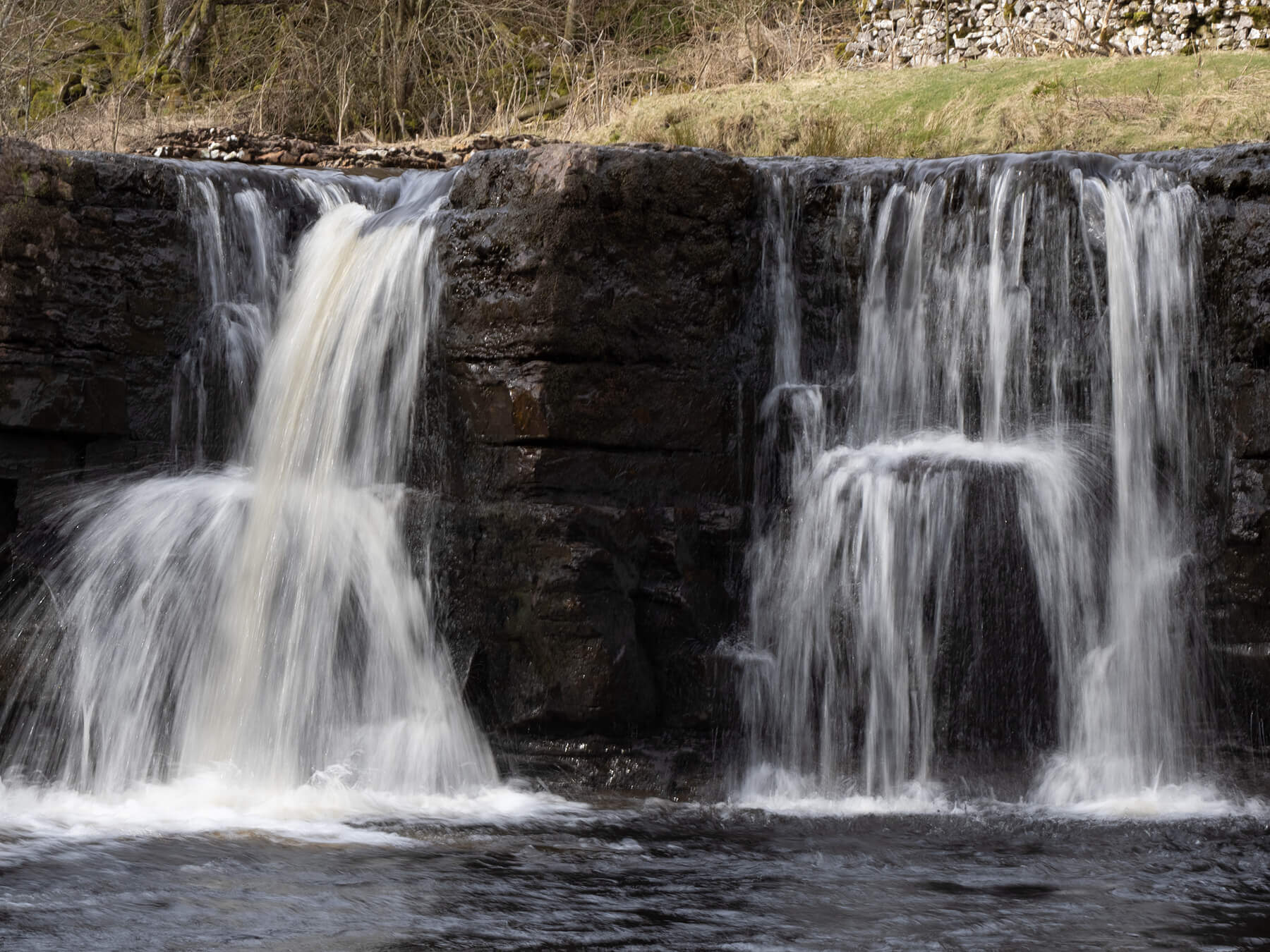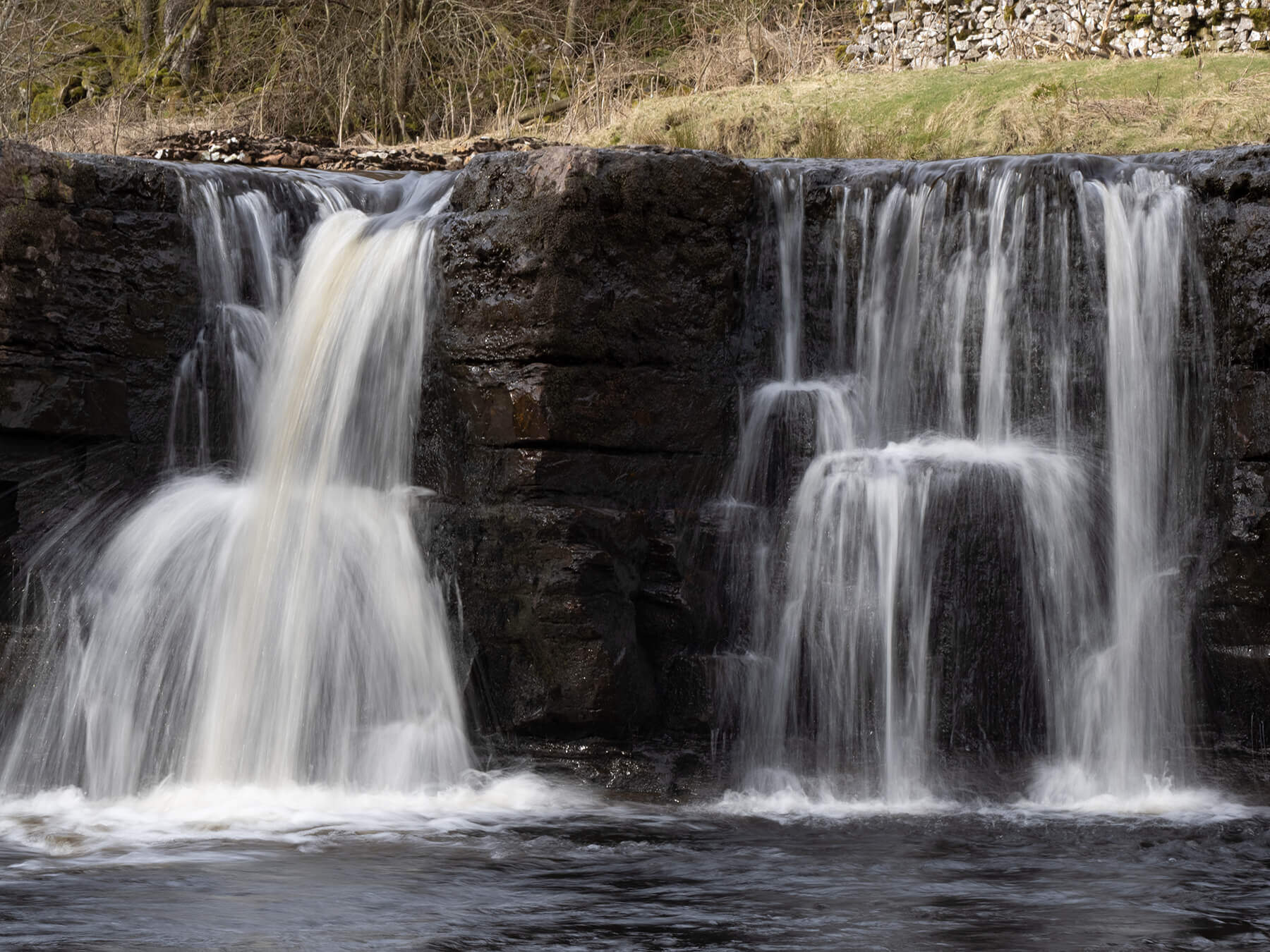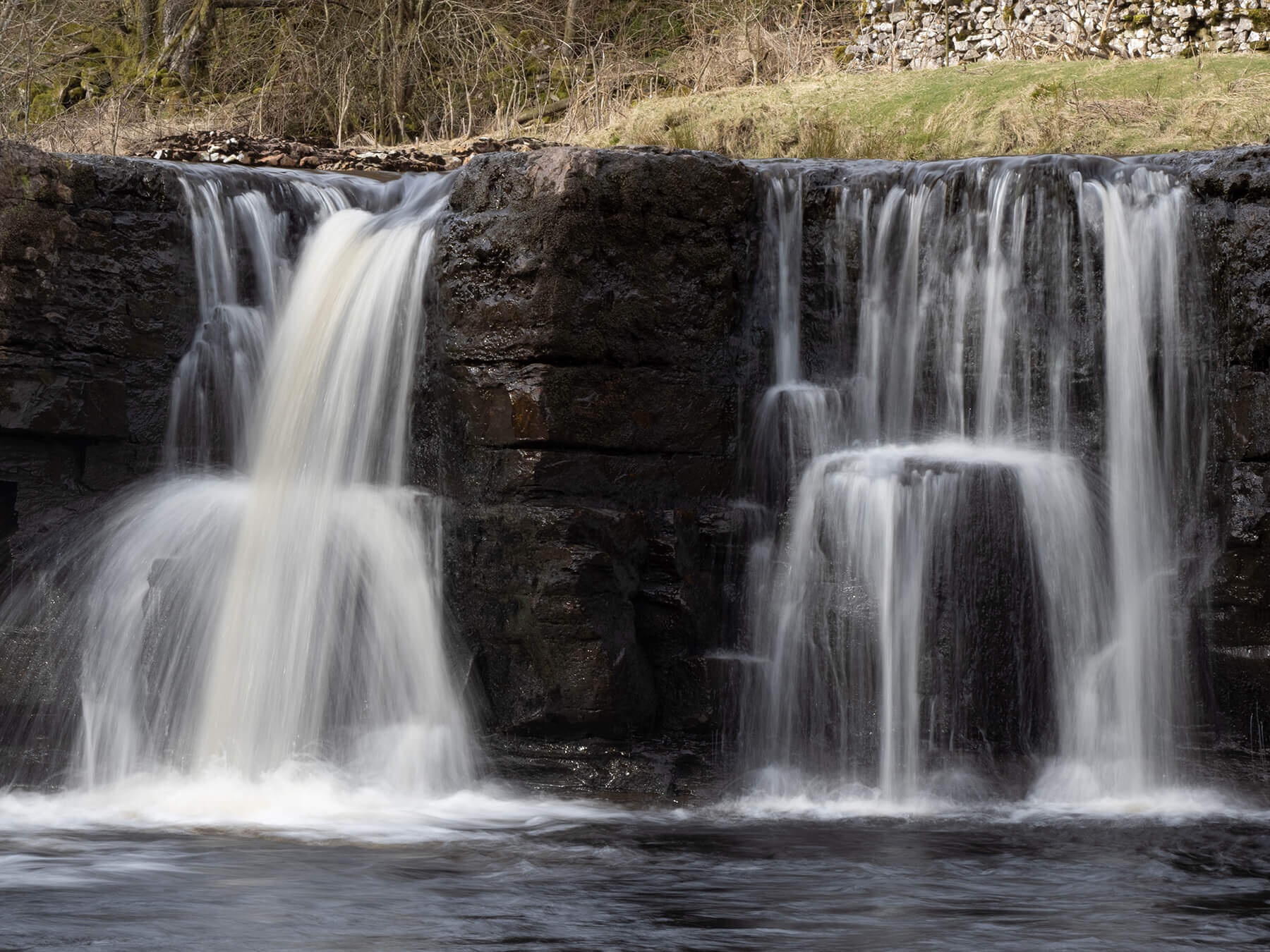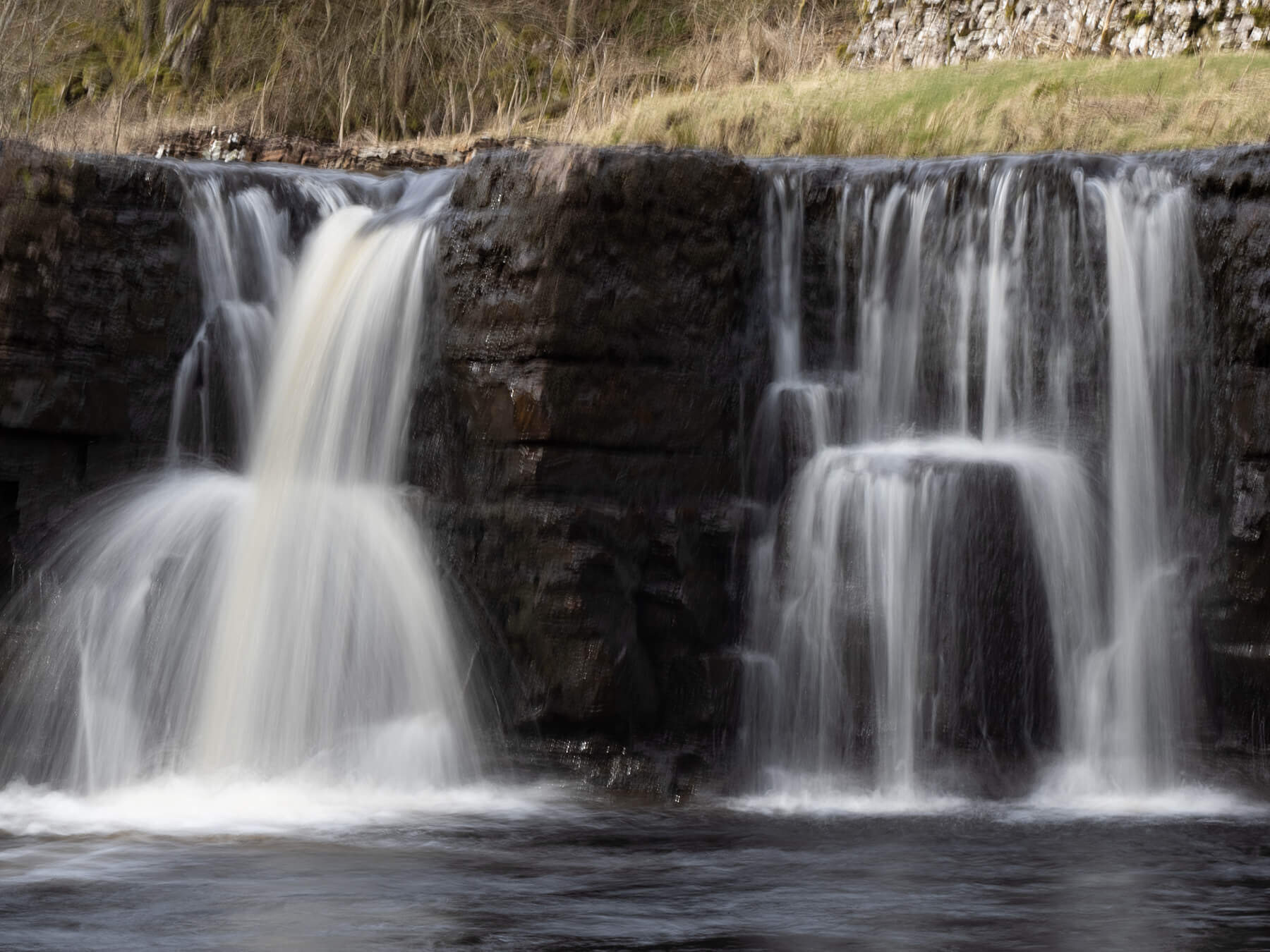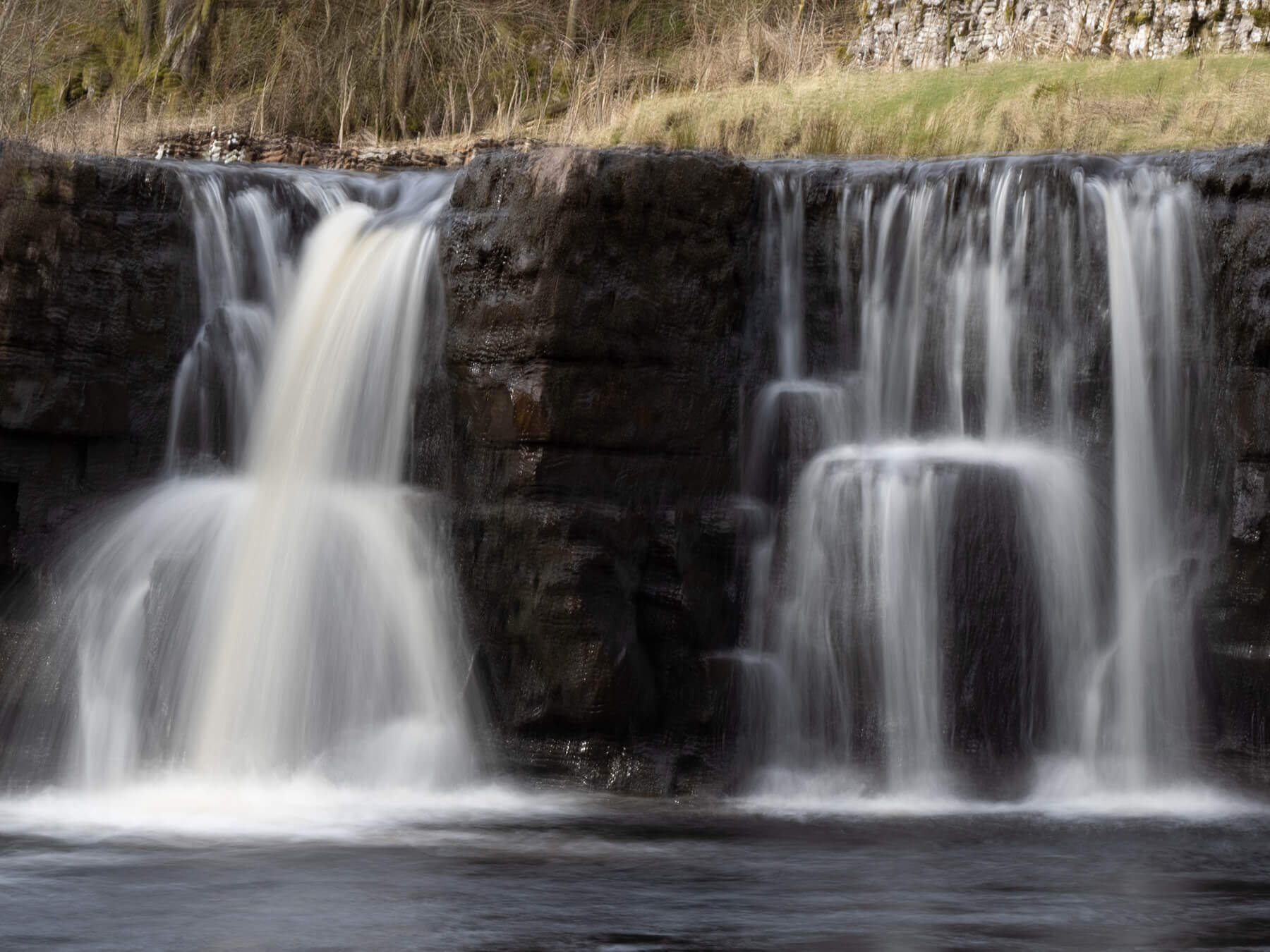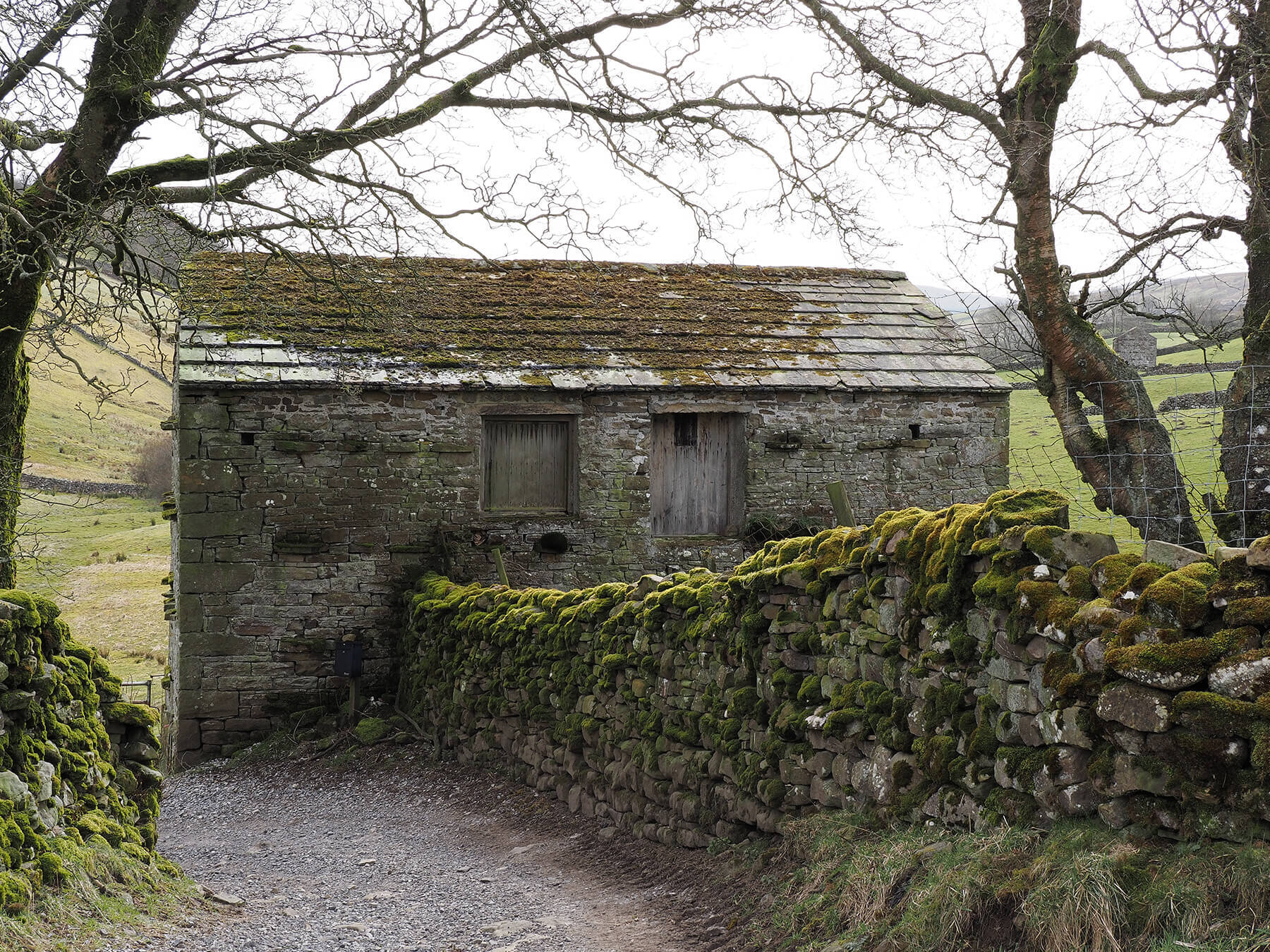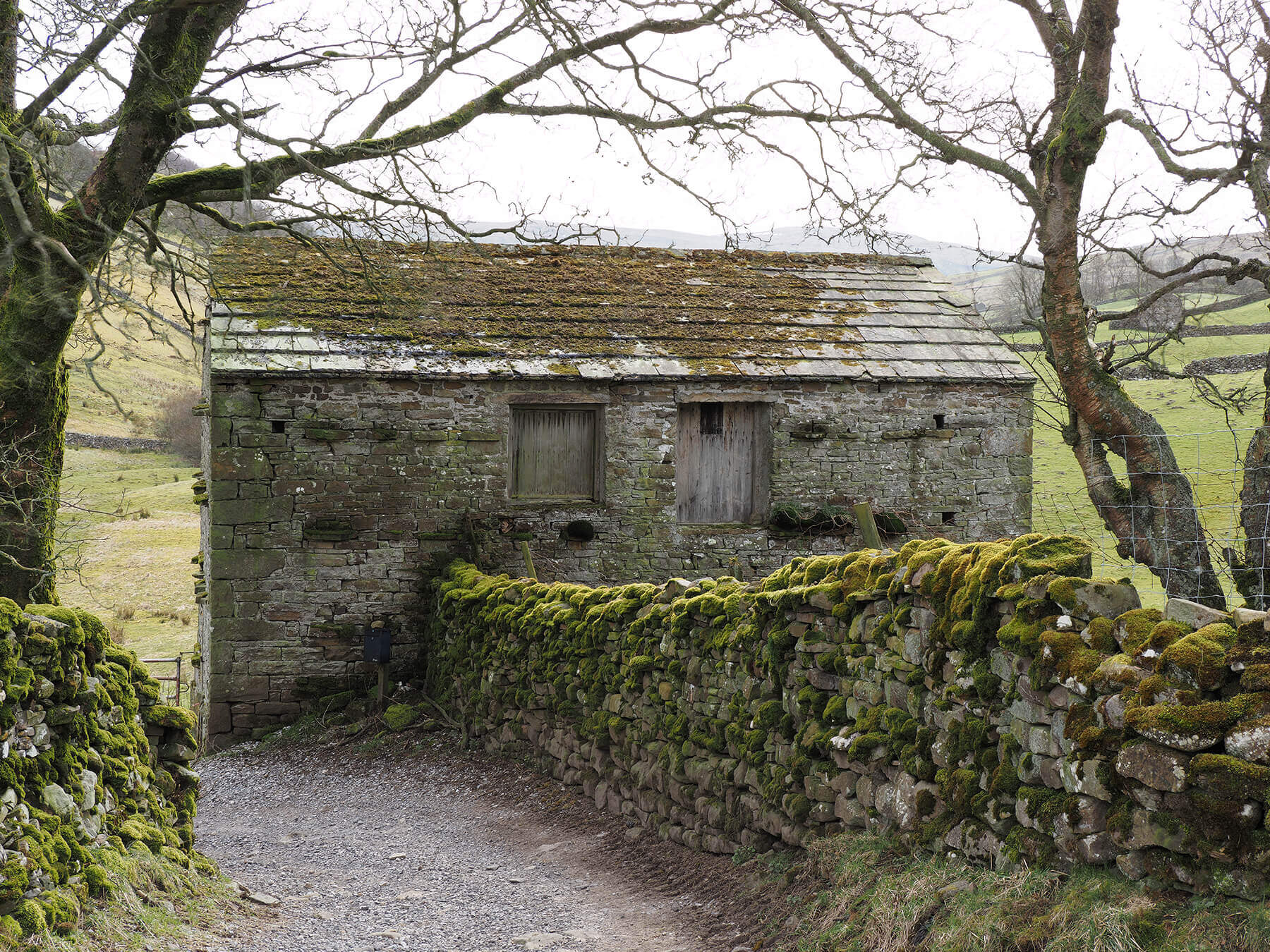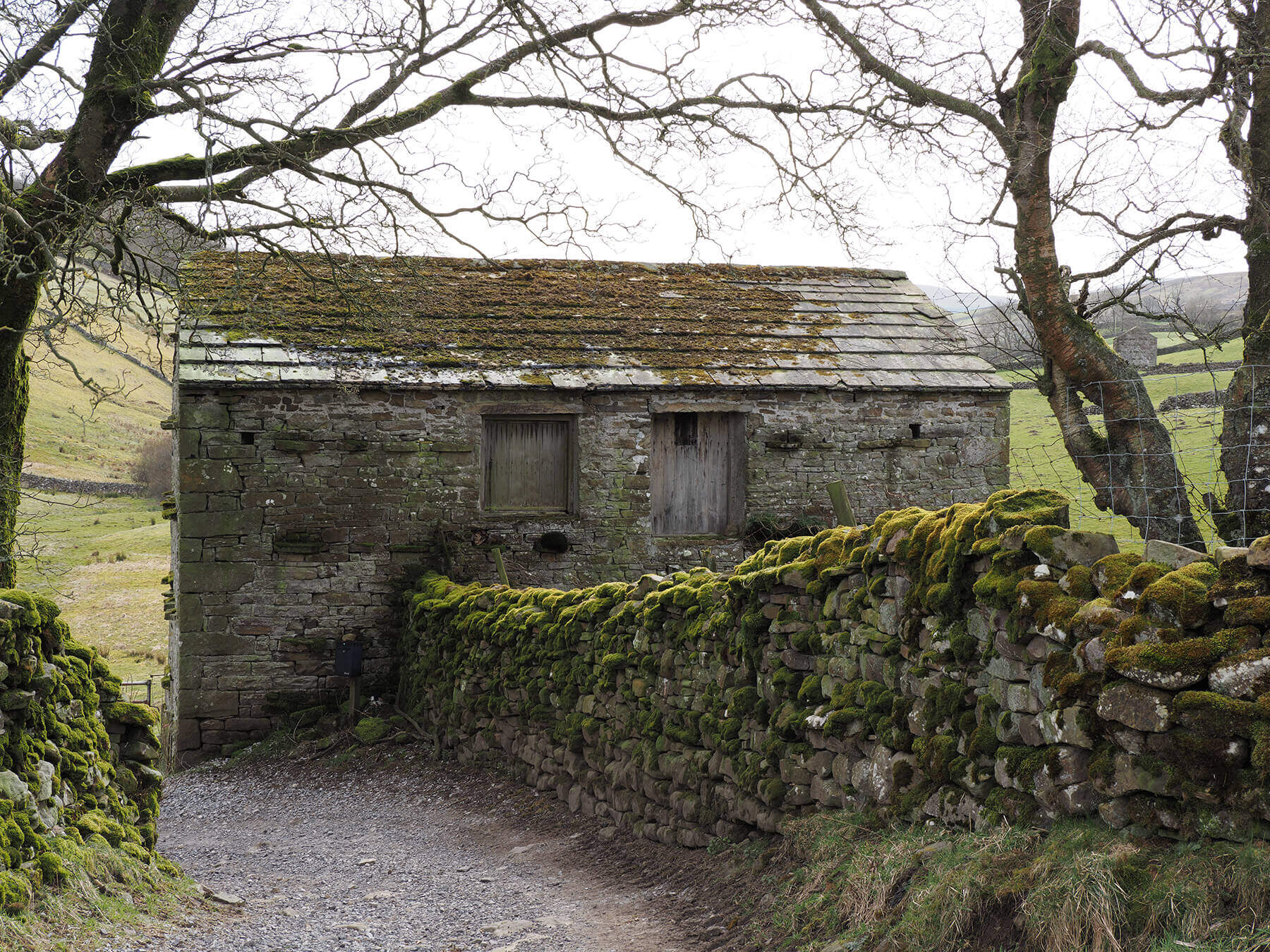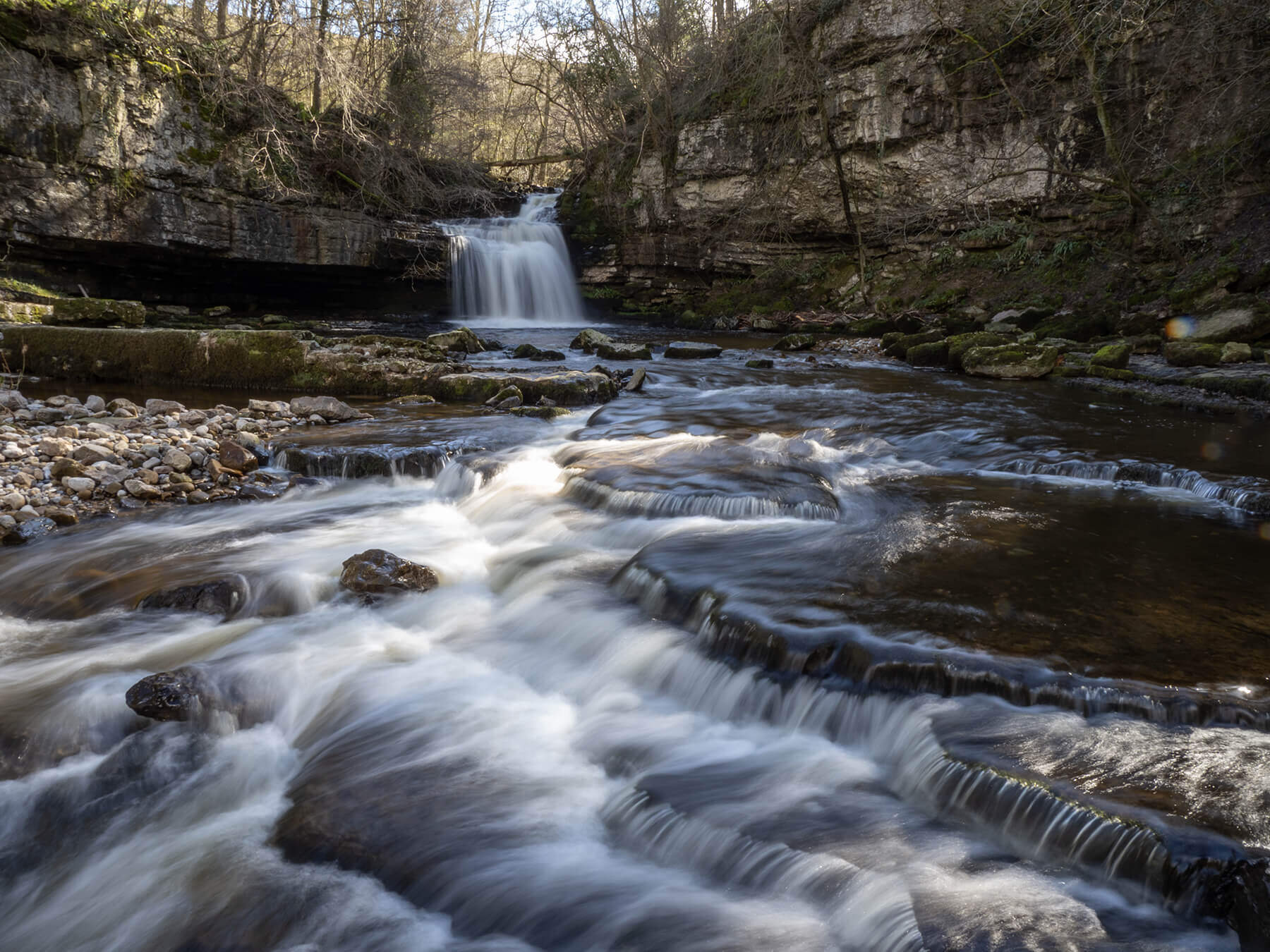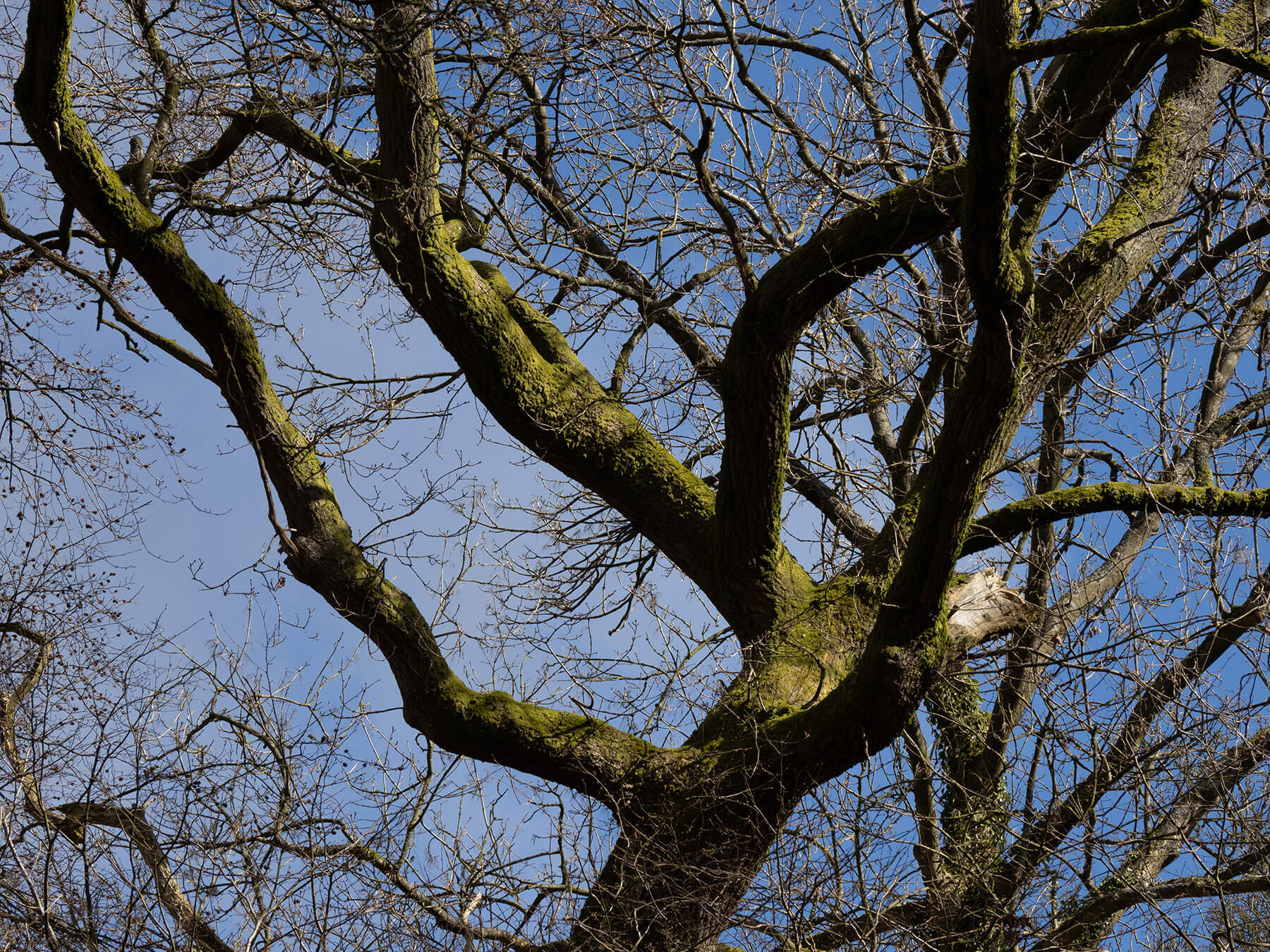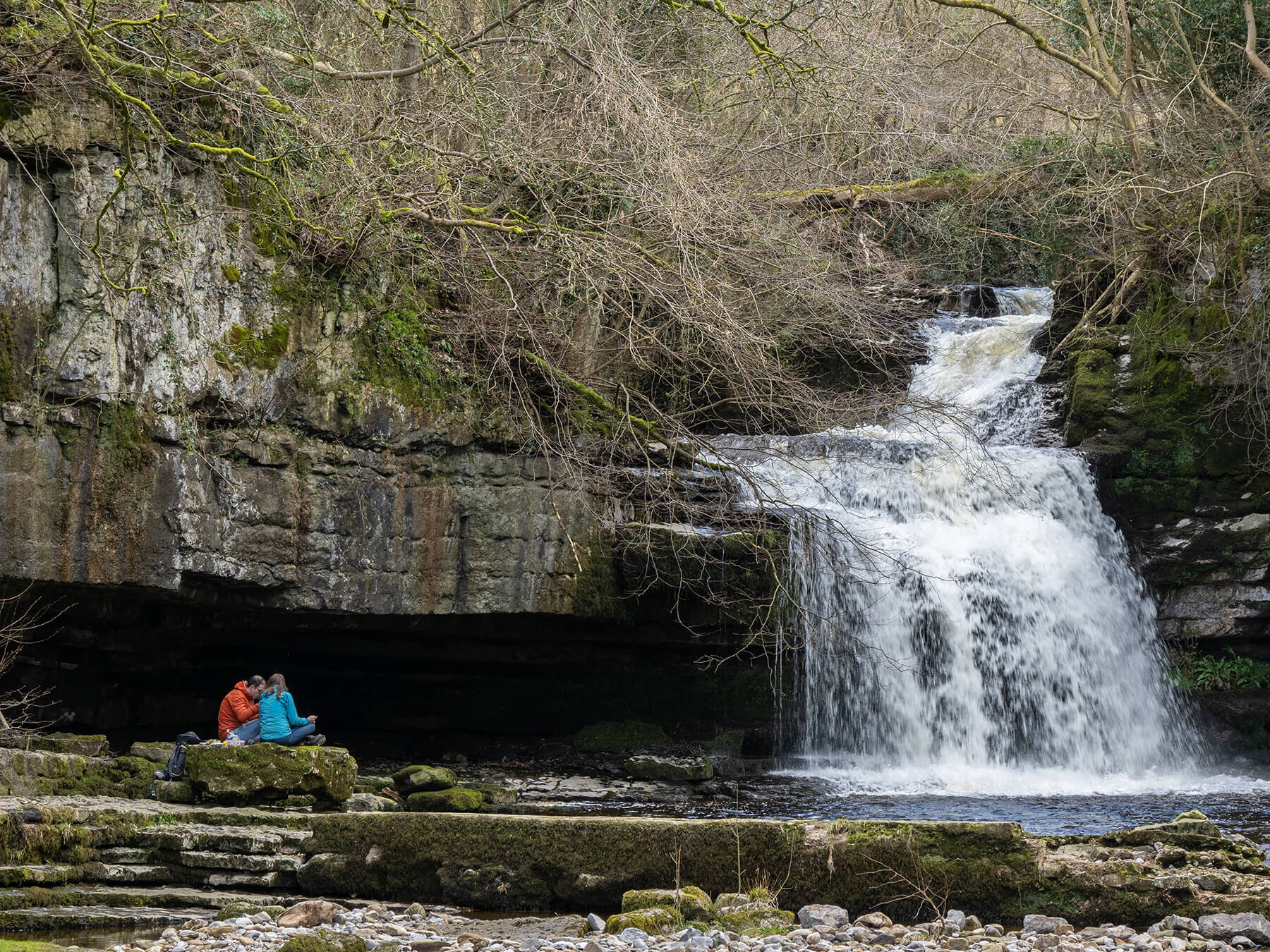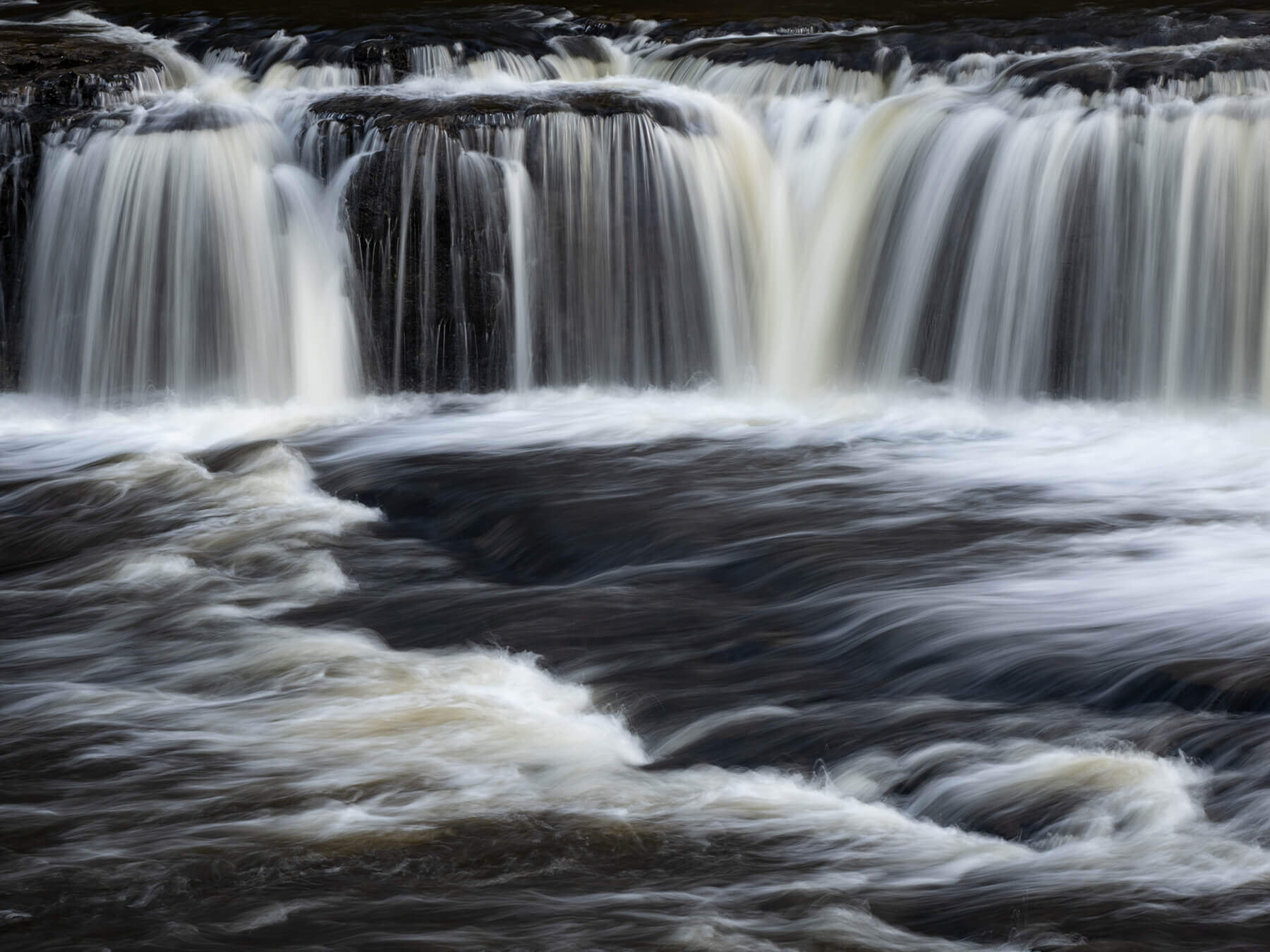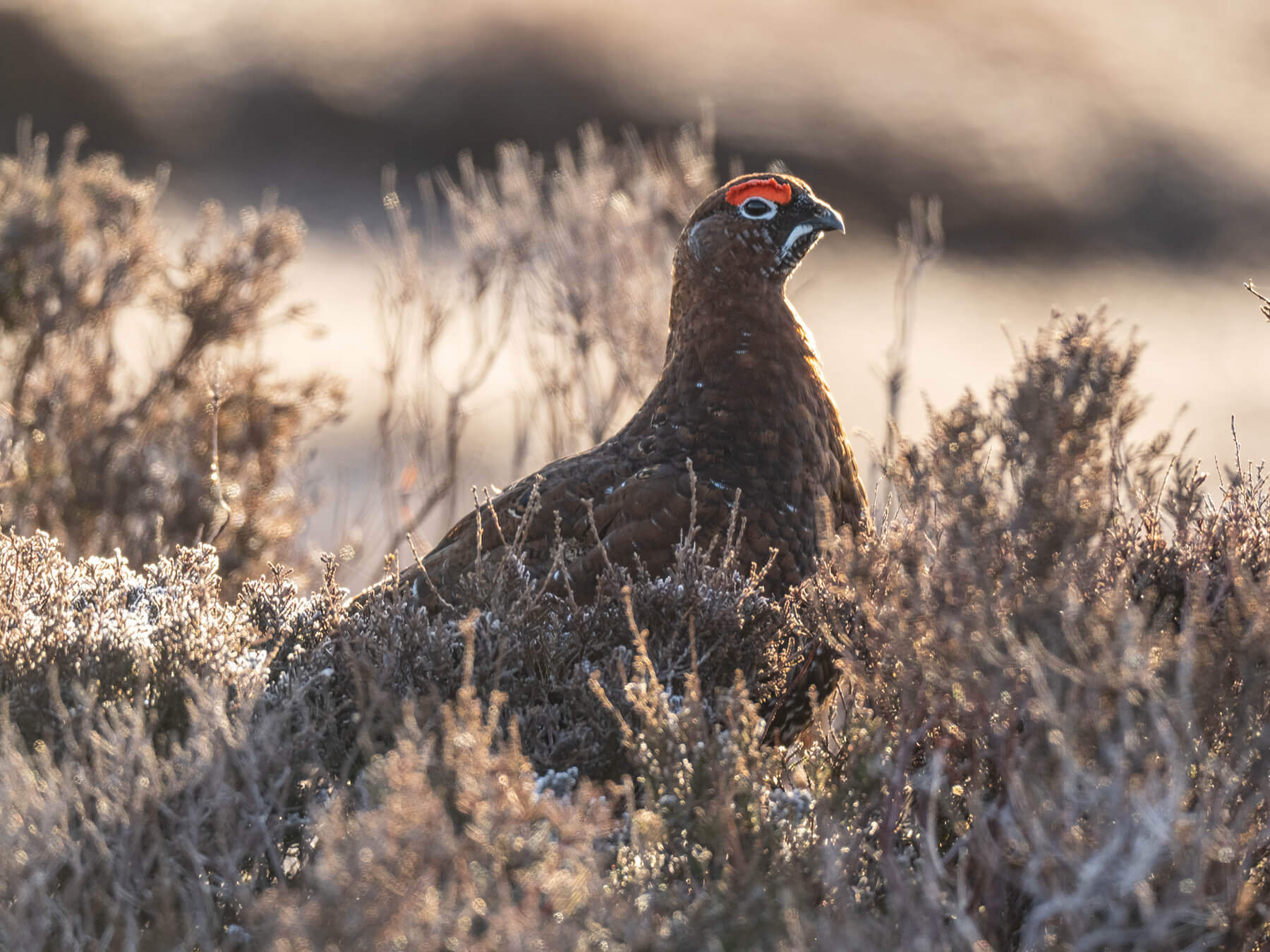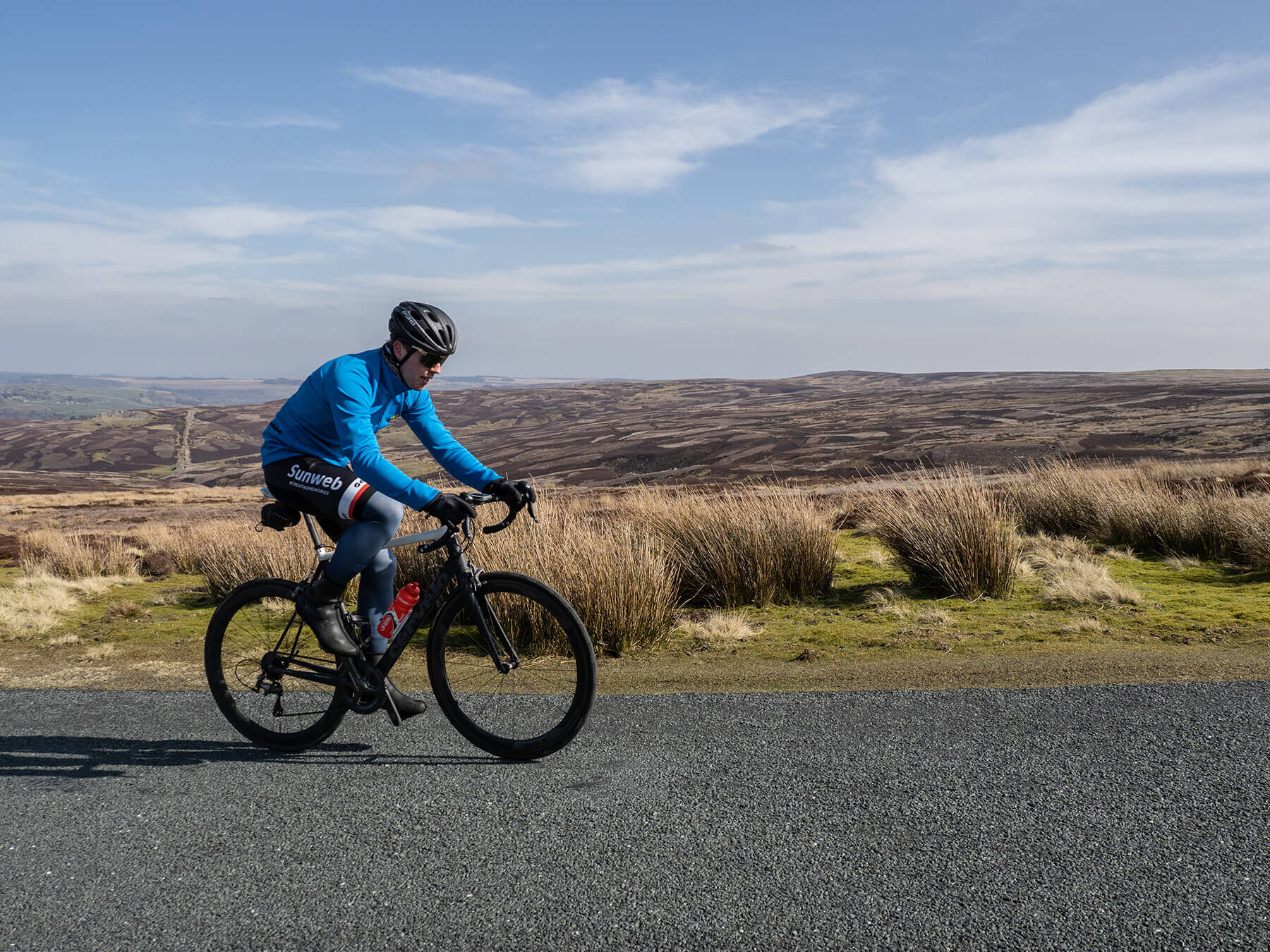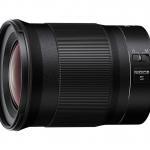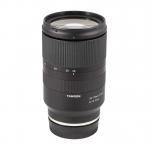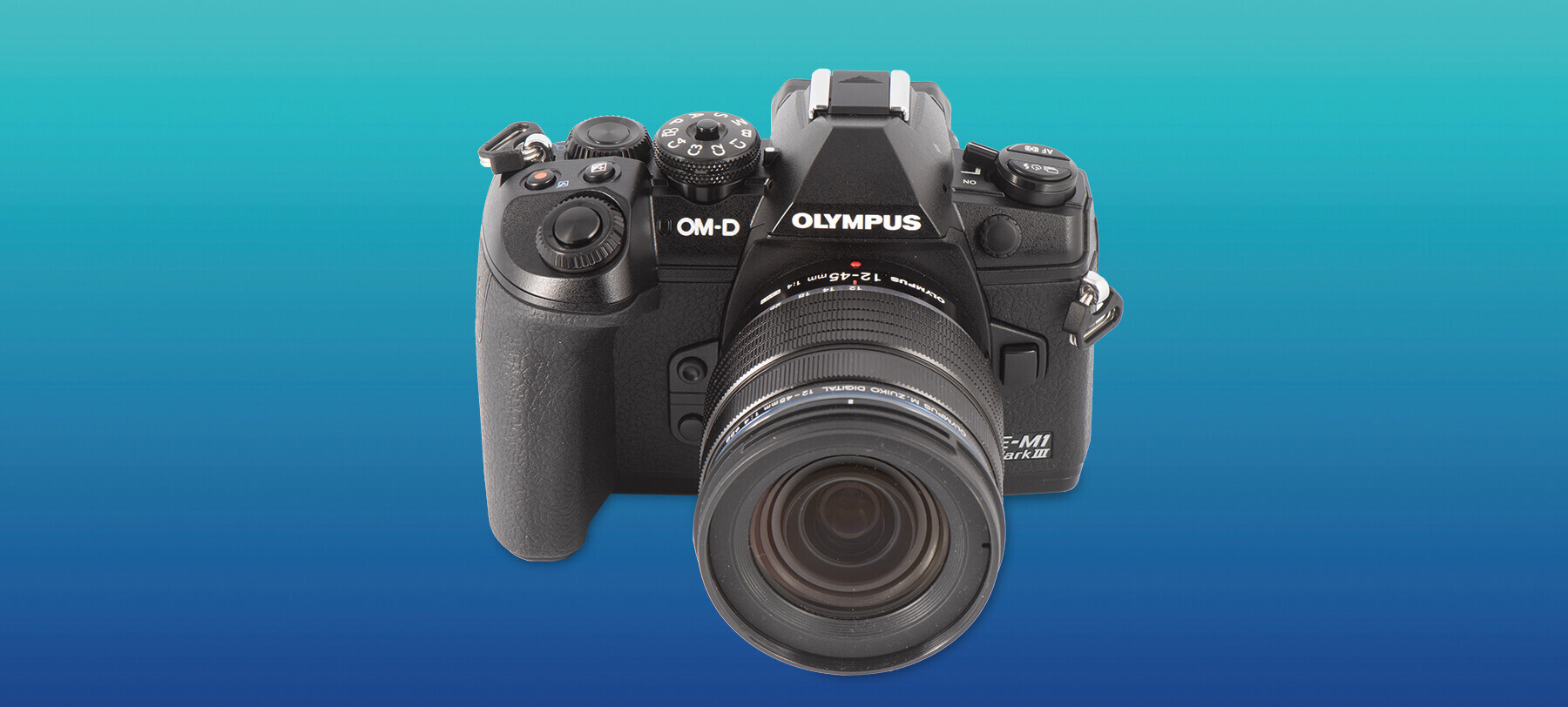
Olympus OM-D E-M1 Mark III test: a pro choice
Posted on Apr 21, 2020
The latest model in Olympus’s line-up of professional Micro Four Thirds cameras boasts a new autofocus system, handheld high-res shot mode and several very welcome design tweaks.
The general rule of thumb is that if a camera brand introduces a product that is a significant step up from the previous model, it gets a new number or family name. If, however, the changes are incremental then you get the pre-existing name followed by Mark II or III. So, from Olympus and its OM-D family, in recent times we have seen the E-M10 Mark III, the E-M5 Mark III and now the E-M1 Mark III.
So we know the OM-D E-M1 Mark III is different from the Mark II; but the question is, what is different and are the changes enough to consider an upgrade if you are a Mark II owner? And if you are not a Mark II owner – perhaps you have the Mark I – is the new camera’s feature set compelling enough to make you take the plunge?
With all this in mind, perhaps we should start by highlighting the OM-D EM1 Mark III’s key selling features. It is a 20-megapixel Micro Four Thirds format camera with a 121-point AF system that can shoot can shoot Raws at 60fps or 18ps with AF tracking. There’s in-body image stabilisation with 7.5EV benefit, dual SD card slots, 2.36 million dot EVF and an articulating touch monitor. Plus there is a Starry Sky AF mode, Live ND filter with settings from 1EV to 5EV, focus stacking/bracketing and Live composite modes. That is just scratching the surface, though, and more of the camera’s features will be unveiled we will progress though this review.
The differences between the Mark II and Mark II include a handheld high-res shoot mode in addition to a tripod high-res mode, USB charging with operation possible during charging, a shutter capable of 400,000 actuations and an even better supersonic wave filter to keep the sensor clean.
There are key design changes, too. There’s a multi-controller or focus lever instead of a D-pad, the B mode has its own place on the mode dial and there are a few button changes.
I think you can see, even in this brief overview, that the OM-D E-M1 Mark III has an impressive array of goodies.
One thing the Mark II and Mark III share is size, the quoted dimensions being identical – although the new model sneaks in an extra 6g in weight.
The OM-D E-M1 Mark II is a very fine camera, and when it came out back in 2016 with a new sensor, it appealed to photographers looking for a lighter mirrorless system. However it lagged behind other cameras in some key areas, such as autofocusing and video functionality. Both aspects have been addressed in the Mark III.
The new camera’s autofocus system features 121 phase detect/contrast detect hybrid sensors, the phase detect ones being cross-type, and these points cover 75% of the vertical and 80% of the horizontal area of the sensor. This 121-point grid can be customised so you can, for example, set up a 9×2 AF point pattern and position it to the left side of the frame, because that’s where you expect the subject to be, or if you are shooting planes in the air you could set up a 1×11 pattern across the middle of the frame.
There isn’t the Intelligent Subject Detection AF seen in the E-M1X that recognises cars, bikes or planes, but maybe that will come in a firmware update.
For the first time in an Olympus camera is the Starry Sky AF mode, made possible thanks to a new algorithm, and general AF has been enhanced, too, with improved face and eye detect with more accurate tracking and greater sensitivity.
Performance: ISO
Click the images to see a larger view
The Olympus OM-D E-M1 Mark III has a native ISO range of 200 to 25,600 with expansion down to ISO 64. By current standards the top speed is nothing out of the ordinary, but the sensor is getting on in digital terms, although the camera’s TruePic IX processor is new.
I shot a low-light scene with the OM-D E-M1 III’s in-camera noise reduction turned off. I used the 12-40mm f/2.8 pro lens and mounted the combination on a Gitzo GT2542 carbon travel tripod with the shutter released using the self-timer.
I also did a separate set of shots using the OM-D E-M1 Mark II alongside the E-M1 Mark III to see if there any ISO performance benefits – especially at the higher speeds – to be gained with new camera.
Starting with the comparison of the two cameras first, I think it is fair to say that there is not much high ISO performance difference between. Perhaps the new camera is better with fine detail at high ISO settings, but you need to a pixel peeper of some standing to really appreciate it.
As for the OM-D E-M1 Mark III’s ISO performance, it certainly rates highly and I’d be very happy using ISO 800 or even 1600 for critical work with some noise reduction during editing. Noise levels do increase after this point and look at the shadows in ISO 3200 and 6400 shots and you will see obvious if neutral coloured graining. Venture beyond this point with care, because images looked muted and detail suffered.
All told, the OM-D EM-1 Mark III is typical of the latest generation Olympus cameras giving a good digital noise performance even at higher ISOs and certainly a world apart from Olympus’s earlier Micro Four Thirds cameras, which fared poorly by comparison.
Click the images to see a larger view
I thought all round that the OM-D EM-1 Mark III’s AF performance was very good. I had a Mark II available at the same time and certainly the AF of the new camera was significantly better for still and video use.
With the camera and 12-100mm f/4 lens on a tripod in video mode and with continuous AF and face detect (I tried with and without right/left eye priority), I videoed myself ducking and diving in front of the lens. The AF system proved tenacious as I moved and leapt around, and walked in and out of the frame and face detect worked from several metres away although you had to be quite close – no further than 1.5m – for the eye detect focus box to show.
Another challenge I threw at the AF system was using the camera for some wildlife snapping using the Olympus 50-140mm f/2.8 and 300mm f/4 lenses with 1.4x and 2x teleconverters.
For grouse in the Yorkshire Dales, I placed the single point AF using the multi-controller to get focus on one eye. Again, the AF system coped well. Some shots weren’t quite there but that could have been user error, a bit of camera shake or subject movement and the 300mm f/4 with the 2x converter combination is a 600mm f/8 – 1200mm in the 35mm format – so depth-of-field is very, very shallow.
Performance: exposure latitude
To check out the exposure latitude of Raw files from the OM-D EM-1 Mark III, I shot a nine-shot exposure bracket at 1EV steps from the correct exposure – the +/-4EV shots are not shown here. In this scene, the metered correct exposure was 1/160sec at f/8 and ISO 200 and the bracket was made in manual exposure mode.
The Raws were exposure corrected in Lightroom. The underexposed Raws responded well at least in terms of tonality, contrast and saturation. If there was any downside, it was with the digital noise gain with the -3EV shot. The -2EV and -1EV shots looked almost identical to the correctly exposed shot.
Overexposure was handled less well by the camera, however, and even the +2EV image picked up a slight cyan colour cast in the blue sky and contrast was higher. Both aspects can be corrected though. The corrected +1EV looked spot on.
To sum up, exposure tolerance of this camera’s Raws was good but not exceptional, which was probably due to the sensor capturing 12-bit Raws. Nevertheless, Raw exposure latitude is good enough for most people.
Last, I had one clear night in my town garden to try Starry Sky AF. The mode has two options, accuracy and speed, and I went for the former using the 12-100mm f/4 lens. Once set up, a push of the AFL/AEL button starts the focusing process with a message on the monitor and a few seconds later this goes, so you’re ready to shoot.
Using the monitor, I roughly framed up in the Plough, which was almost directly overhead, and to test the feature I manually focused at the closest distance before selecting Starry Sky AF in the AF menu and letting the camera do its thing. The exposure was 1.6secs at f/4 and ISO 1600 with the lens at 24mm. I repeated the same procedure several times at different lens settings, and the results were very good – there was only one less-than-perfect shot.
While I was in the Yorkshire Dales, I couldn’t resist trying live ND on waterfalls. This setting has a range from ND 2 to ND 32, which is from 1EV to 5EV and is available in shutter-priority or manual exposure modes only. Set live ND in shutter priority and the shutter speed automatically changes by whatever ND value you set. If you are unsure which value to try, there is LV Simulation setting so you get an idea of the final effect. You need to give the camera a little time to settle down when this is on so use a tripod or just keep the camera steady.
Live ND is fun and it does mean you can explore using longer shutter speeds without the need for actual ND filters and the maximum strength of 5EV is worthwhile. I don’t want to sound ungrateful, but it would be fabulous if this the filter could be even stronger – a 10EV ND would be lovely.
With the camera’s in-body image stabilisation and its claimed 7EV (7.5EV with lenses with IS Sync) I tried handholding with live ND on and had some success.
With the IBIS system, I tested it using the IS-sync enabled 12-100mm f/4 and the 300mm f/4. With the latter (a 600mm lens in 35mm format) I was getting sharp pictures at 1/15sec outdoors. Assuming that 1/1000sec is a safe handholding speed for this lens without any form of IS, this equates to a benefit of 6EV, which I would have to say is impressive.
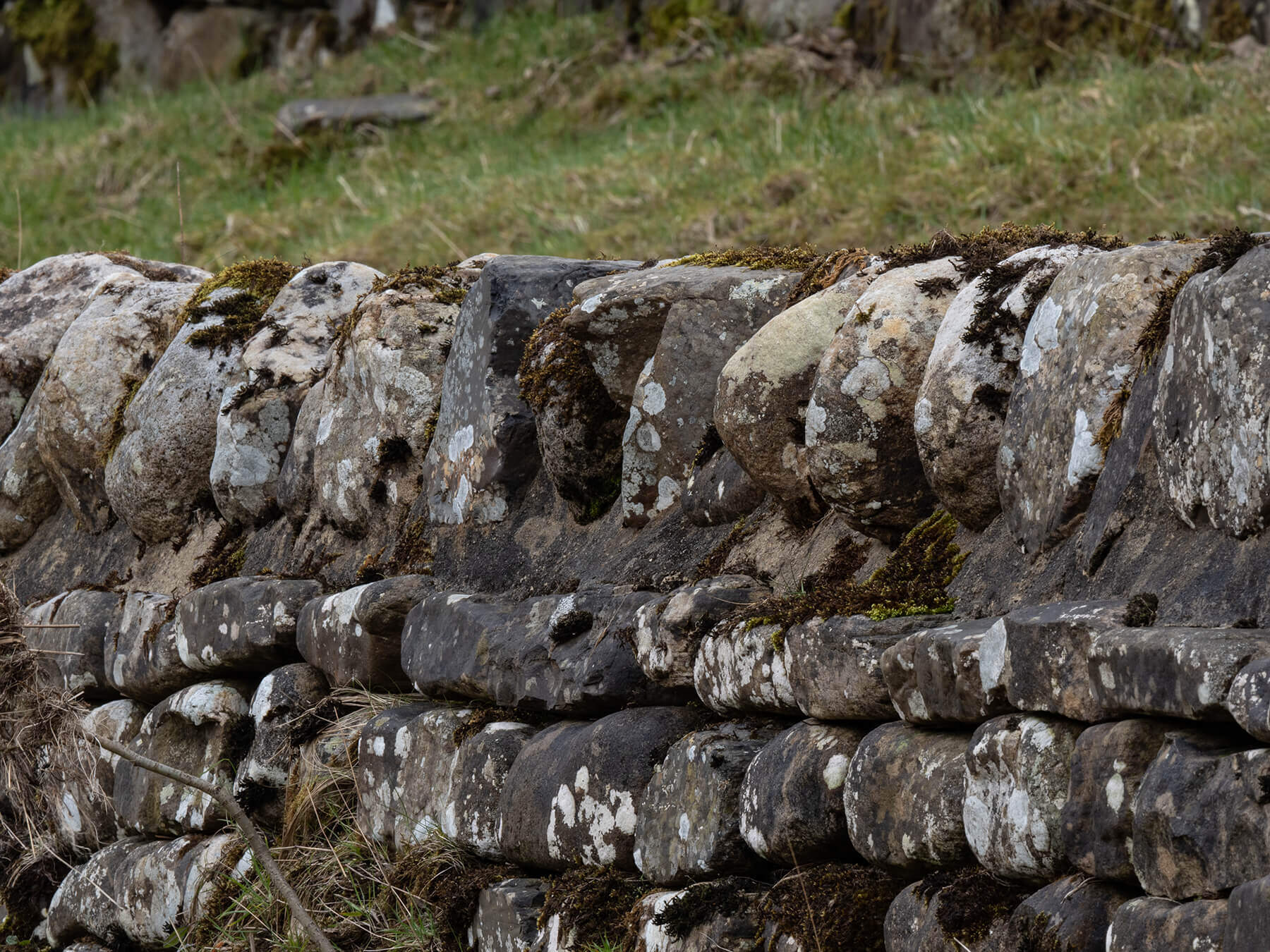
Performance: high-res shot mode
The OM-D E-M1 Mark III has tripod and handheld high-res modes using the camera’s sensor shift and silent electronic shutter to take and merge eight shots.
In tripod high-res mode, you get the equivalent of 80, 50 or 25 megapixels and images measuring 10,368×7776, 8160×6120, 5760×4320 pixels in JPEG and 10,368×7776 pixels in Raw.
You don’t get quite that level of performance in handheld high-res mode but still the equivalent of 50 or 25 megapixels so 8160×6120 and 5760×4320 pixels in JPEGs and 8160x6120pixels in Raw.
The Olympus OM-D EM-1 Mark III does not have any solution to deal with scenes with any movement so I tried both modes on a static scene.
High-res shot mode does capture more and cleaner data so well worth trying with suitable scenes, ie those with fine detail and with no movement. Ideal scenes would be dimly lit and detailed interiors, perhaps, and here the high-res shot mode will capture all the scene’s nuances and keep noise levels down in the shadows, too. And you are likely to be on a tripod in the first place.
Handheld high-res shot mode is a good innovation but given that the final image will suffer with the slightest movement you need to exploit the camera’s IBIS system and set a time delay between the shutter being pressed and the shooting sequence starting to give you time to prepare for the shot. I found two seconds worked for me, allowing time to press the shutter, take a breath and brace myself.
While the benefit of high-res shot mode is clear, it is fair to say that the quality of normally shot Raws on this camera are impressive so even with suitable scenes, you might not need high-res shot mode depending on your intentions with the final shot.
Verdict
Olympus has worked hard on the OM-D E-M1 Mark III. It has a great set of features and is capable of delivering an overall performance that befits a top-end pro camera, and it’s lovely to use, too.
It’s true that some of the camera’s headline innovations are niche – Starry Sky AF and six-hour B mode, for example – but handheld high-res mode, live ND, operation during USB charging and the improved IBIS system are very welcome. Add the greatly enhanced AF system and tweaked control layout, and the Olympus OM-D E-M1 Mark III is a compelling proposition.
Pros High-res mode, responsive AF for still and video, body and control layout, IBIS, live ND
Cons Sensor’s high ISO performance
Olympus OM-D E-M1 Mark III test gallery
For more information, please visit the Olympus website.
As featured in issue 76 of Photography News.

